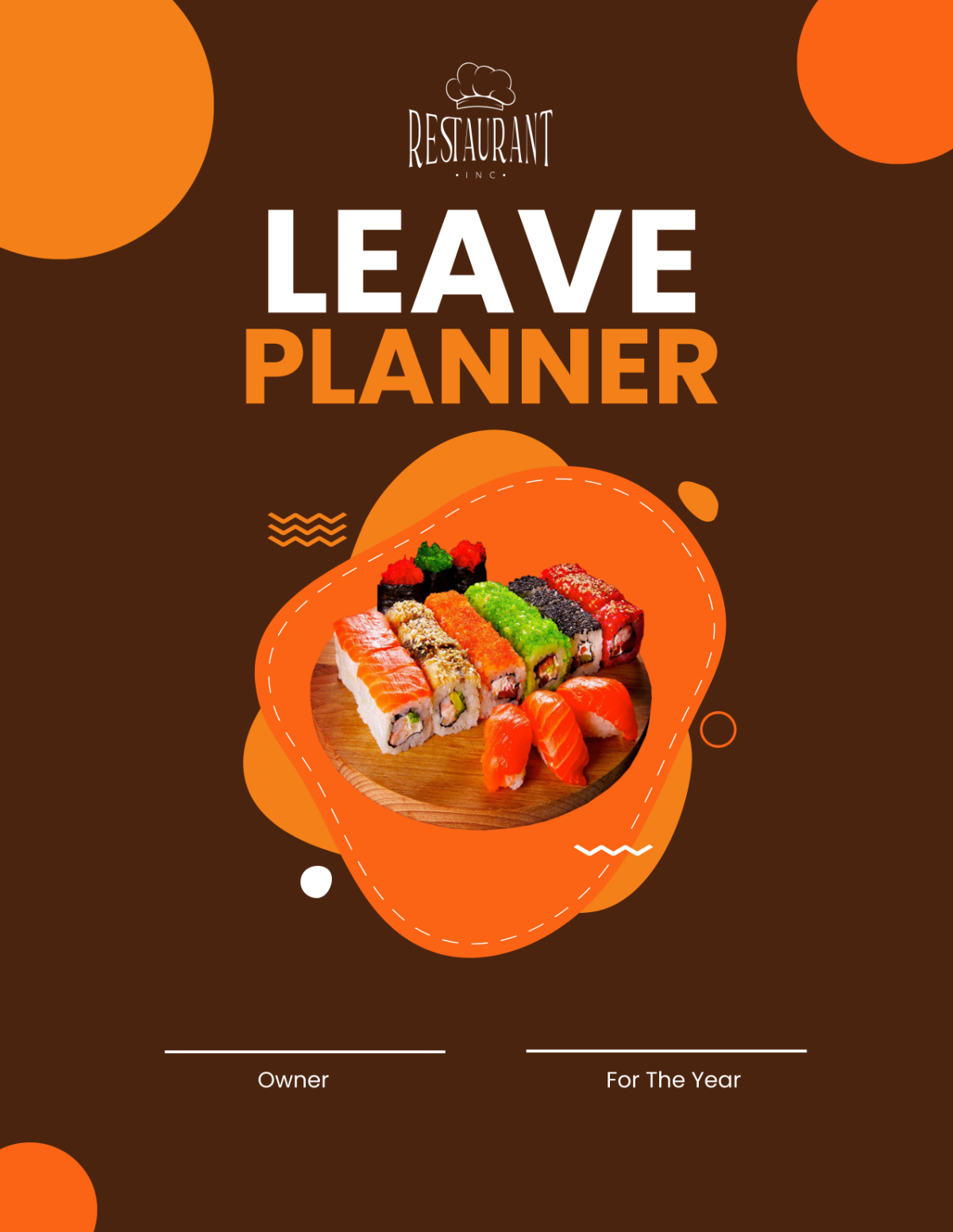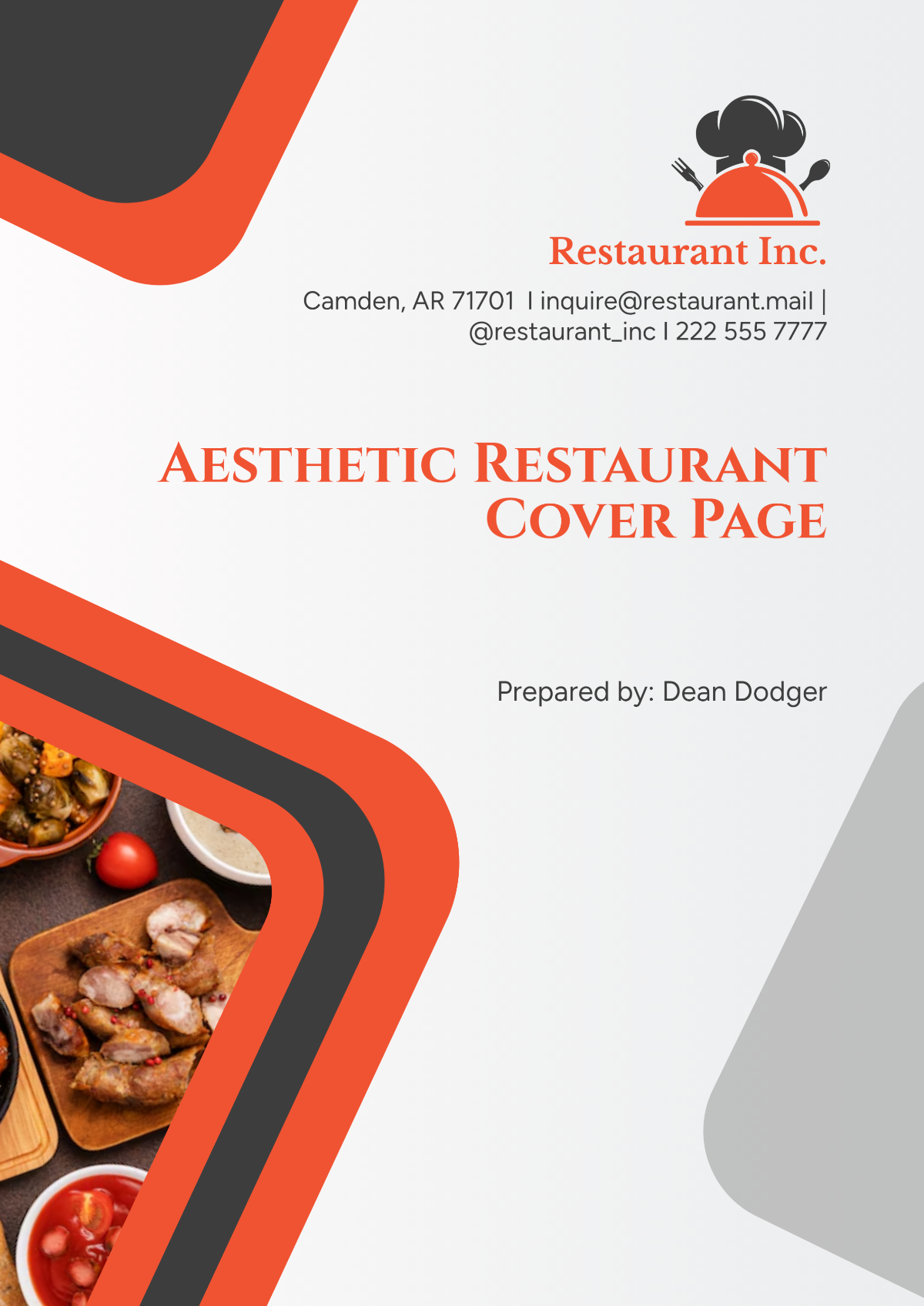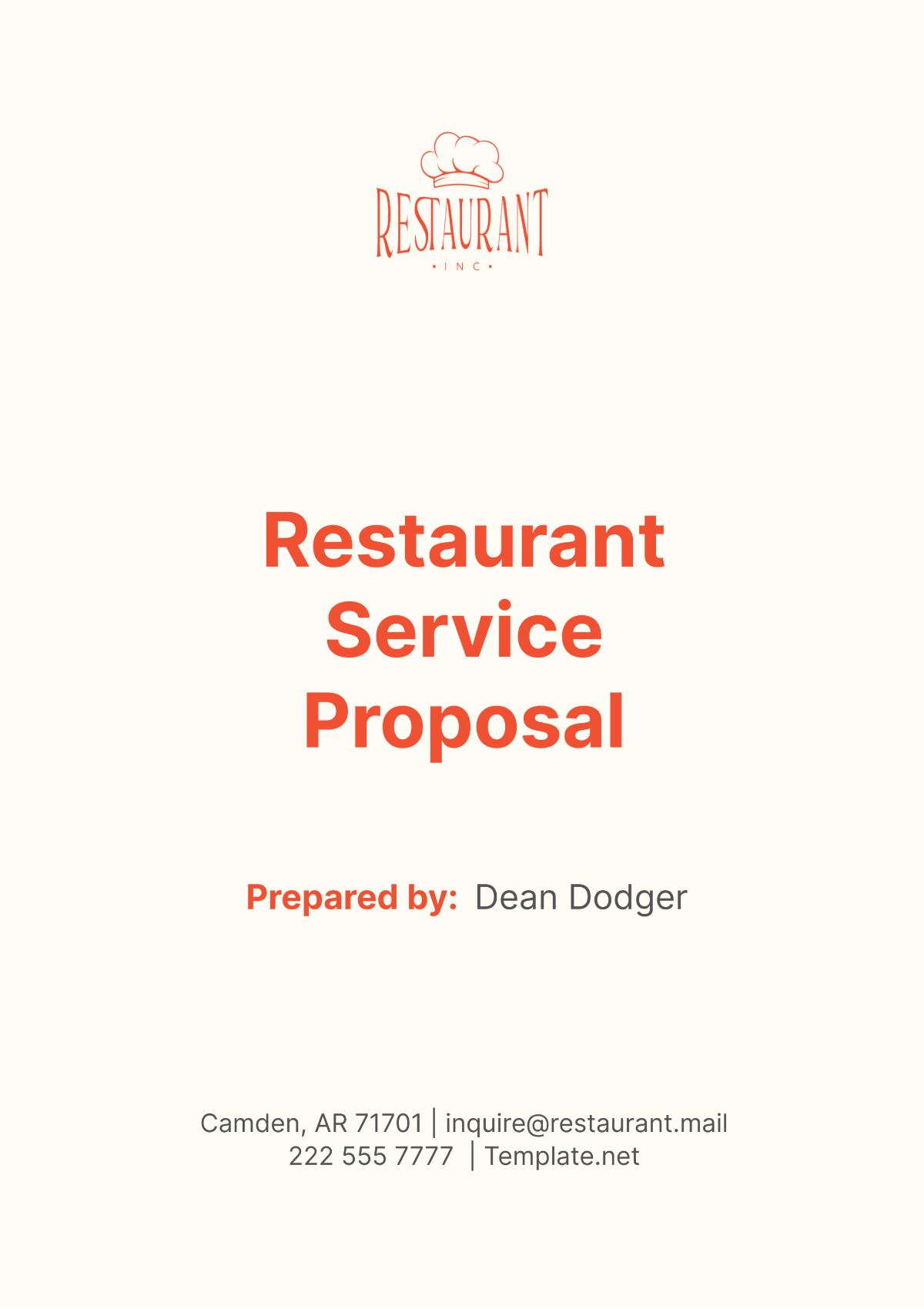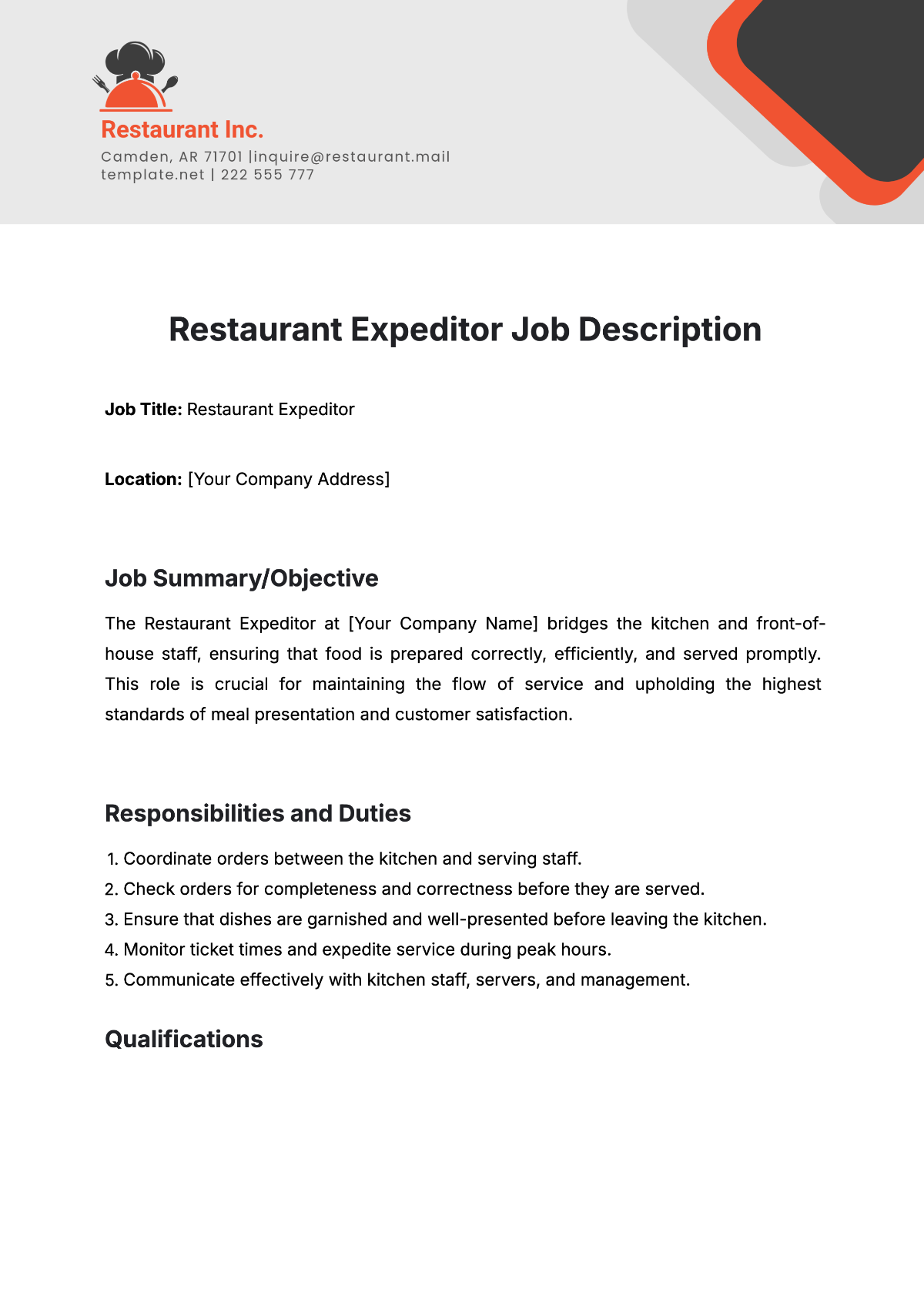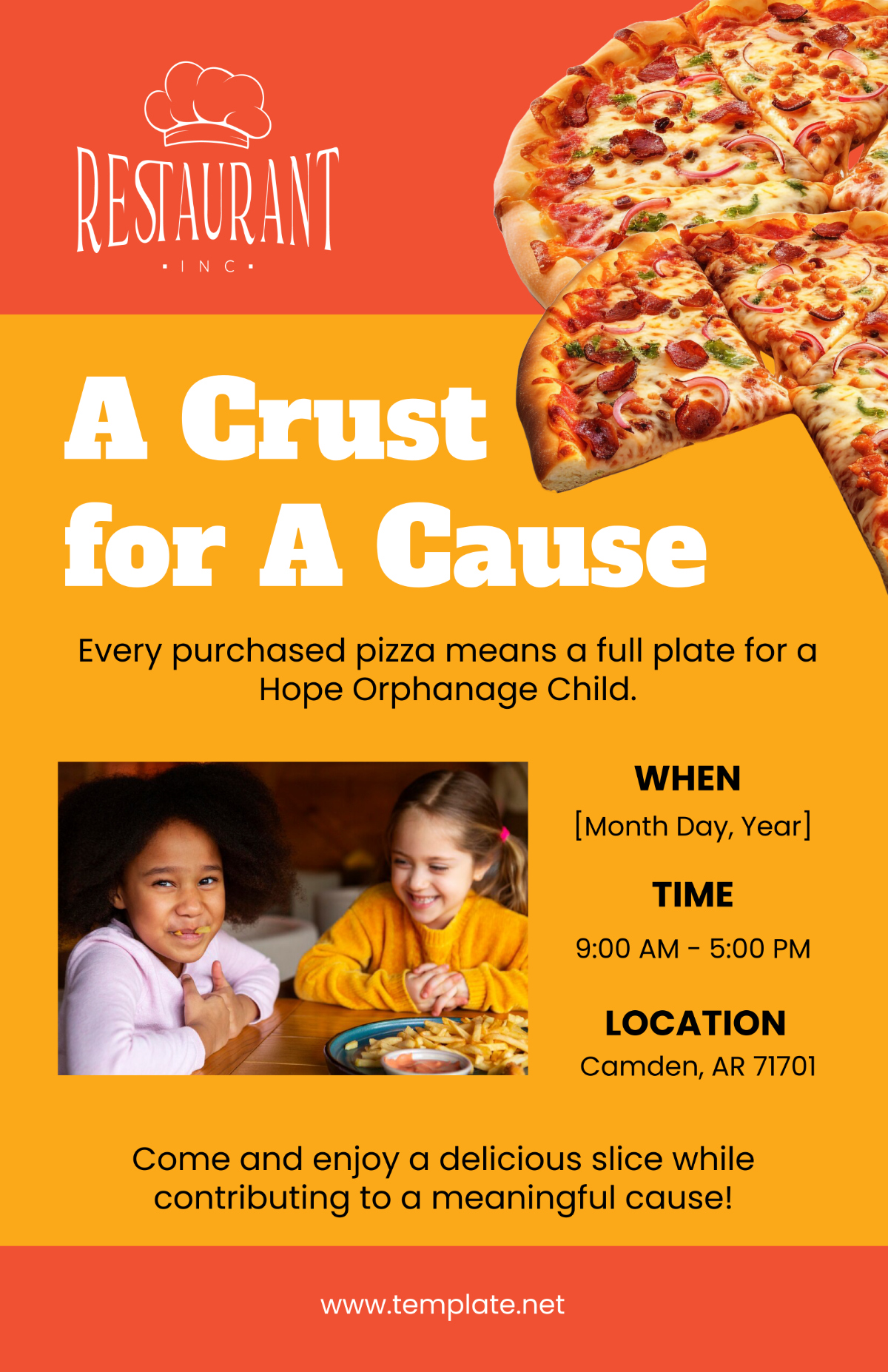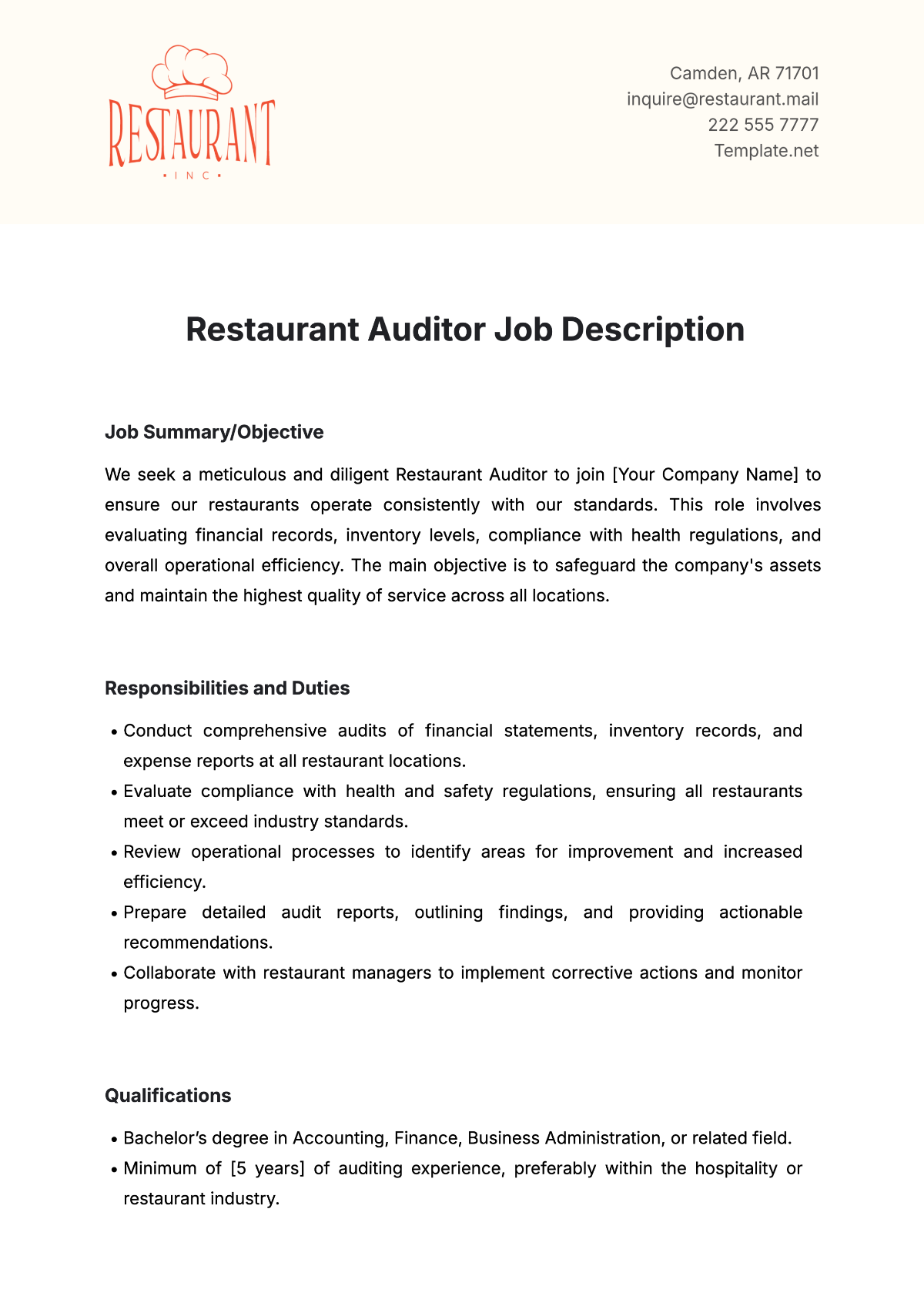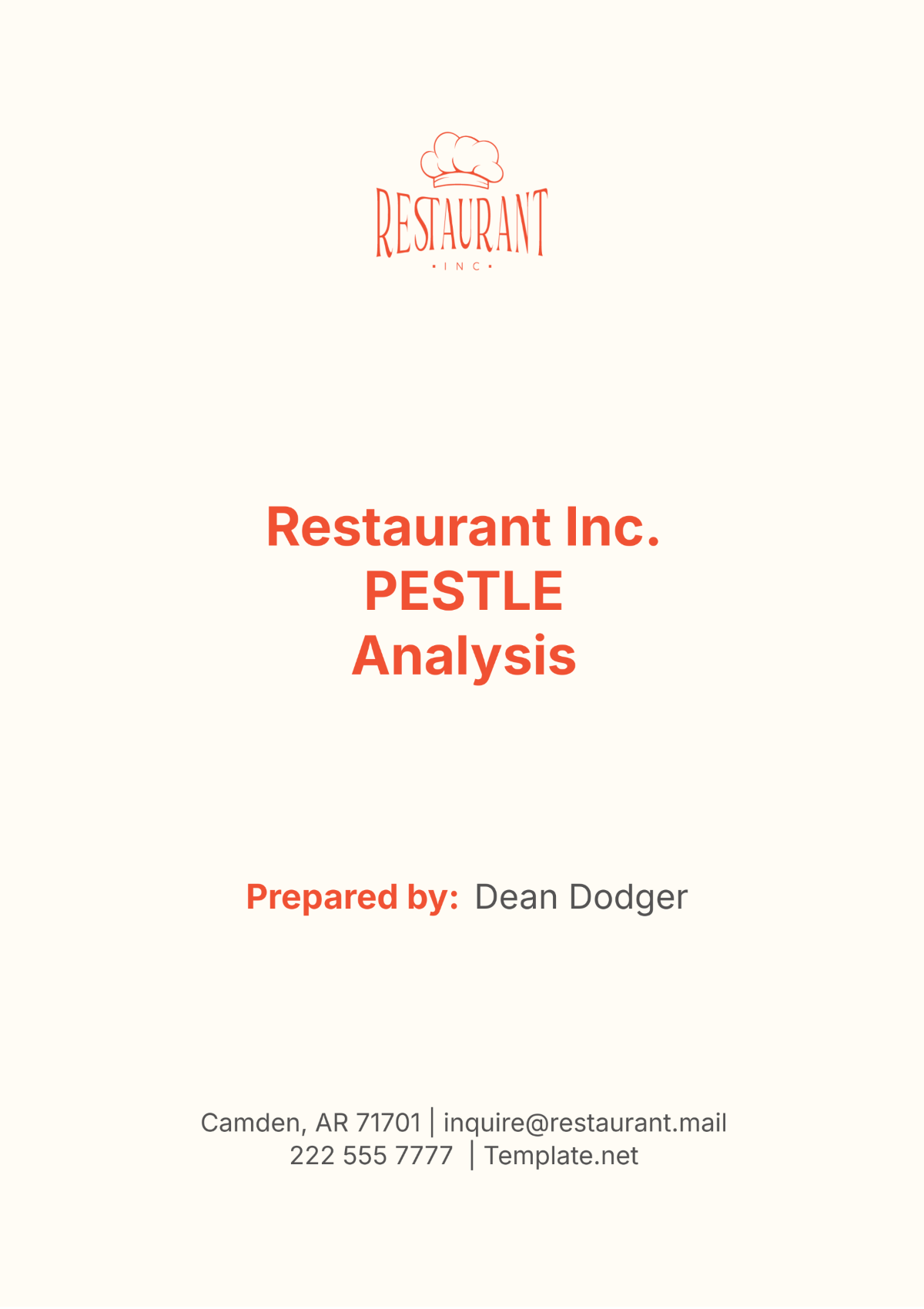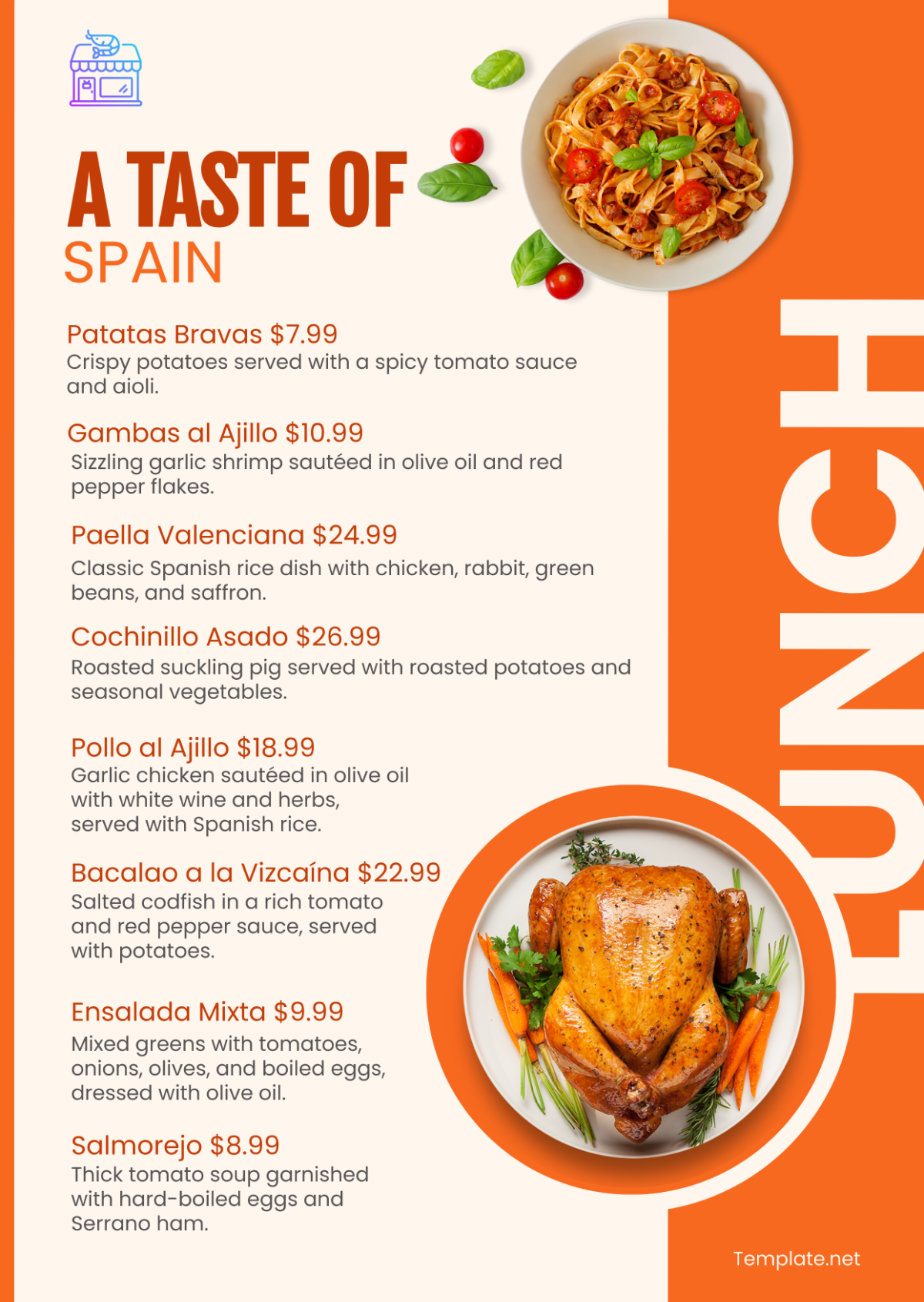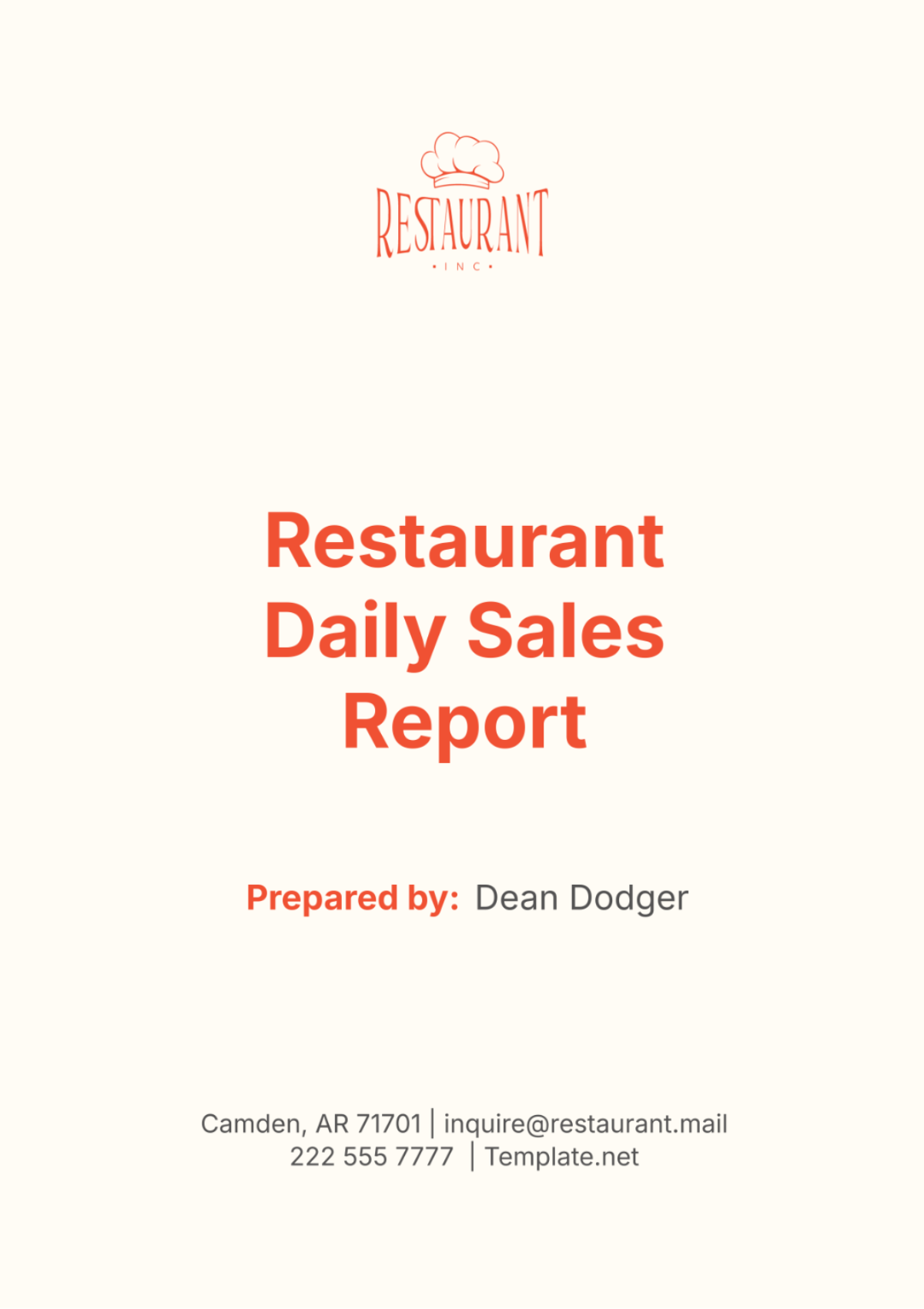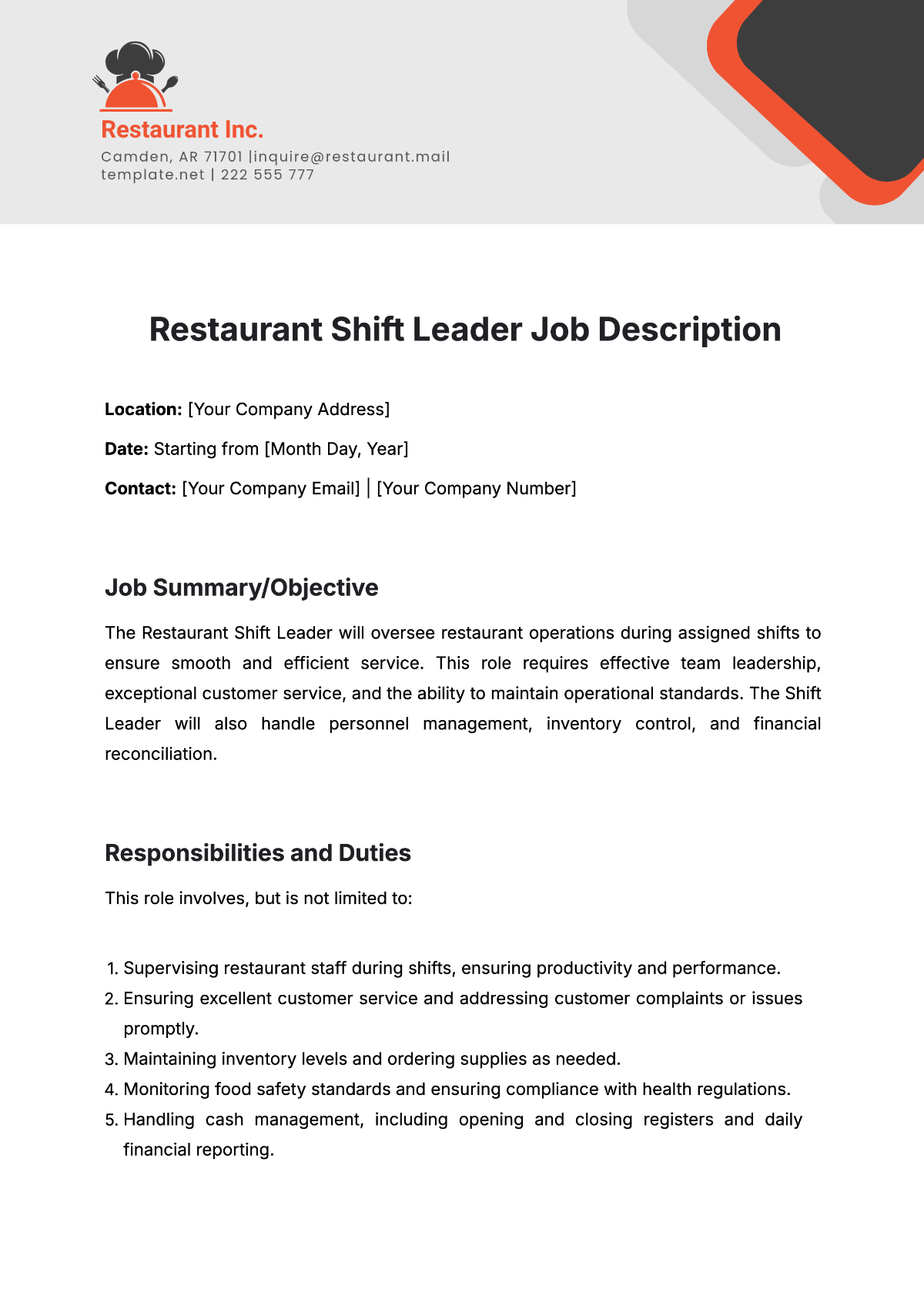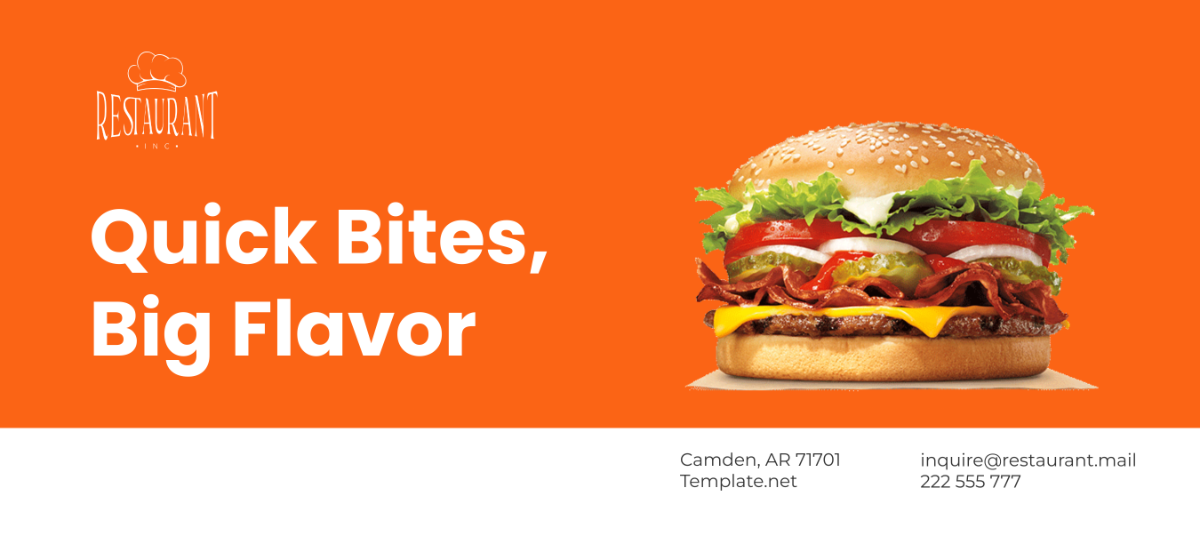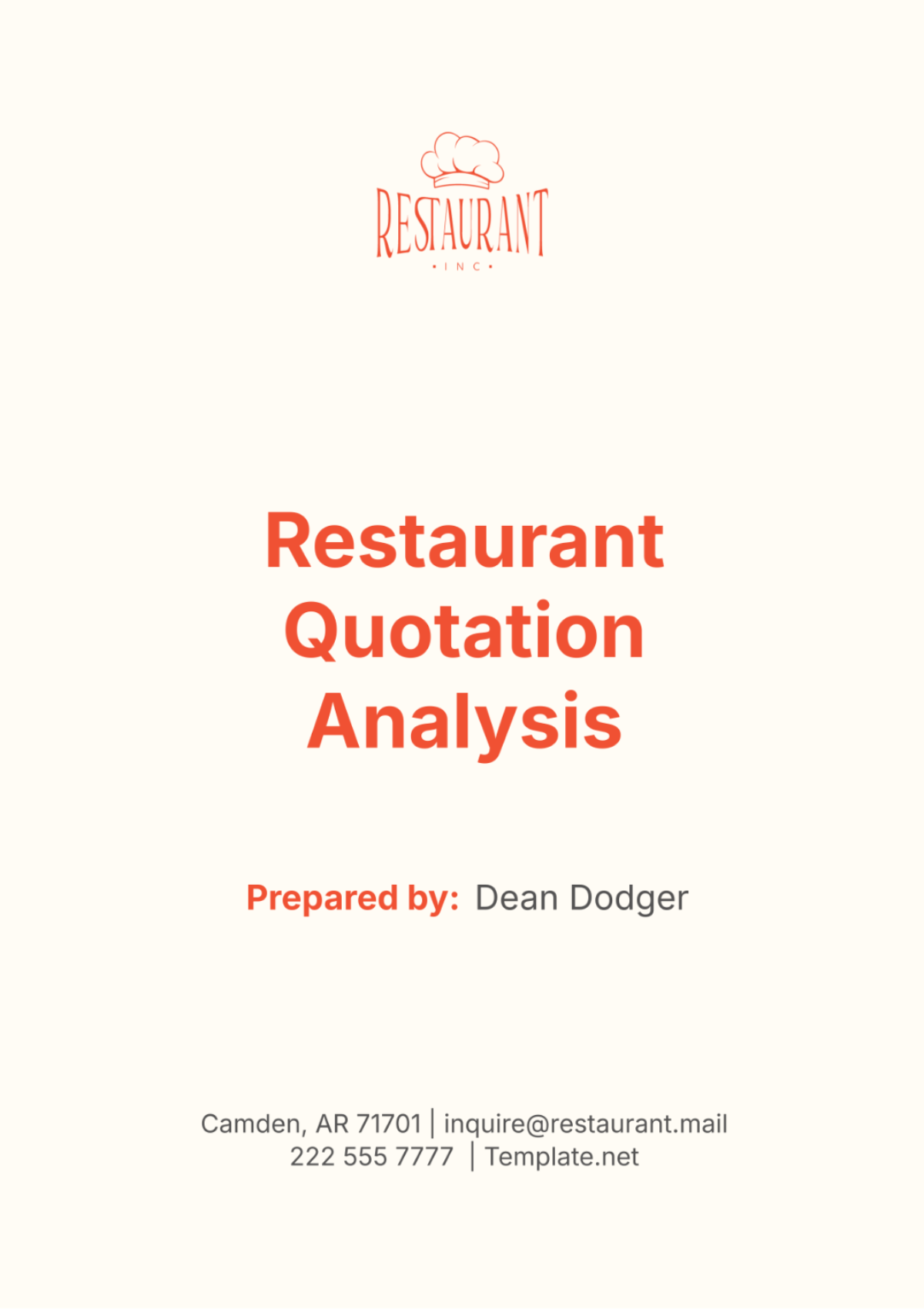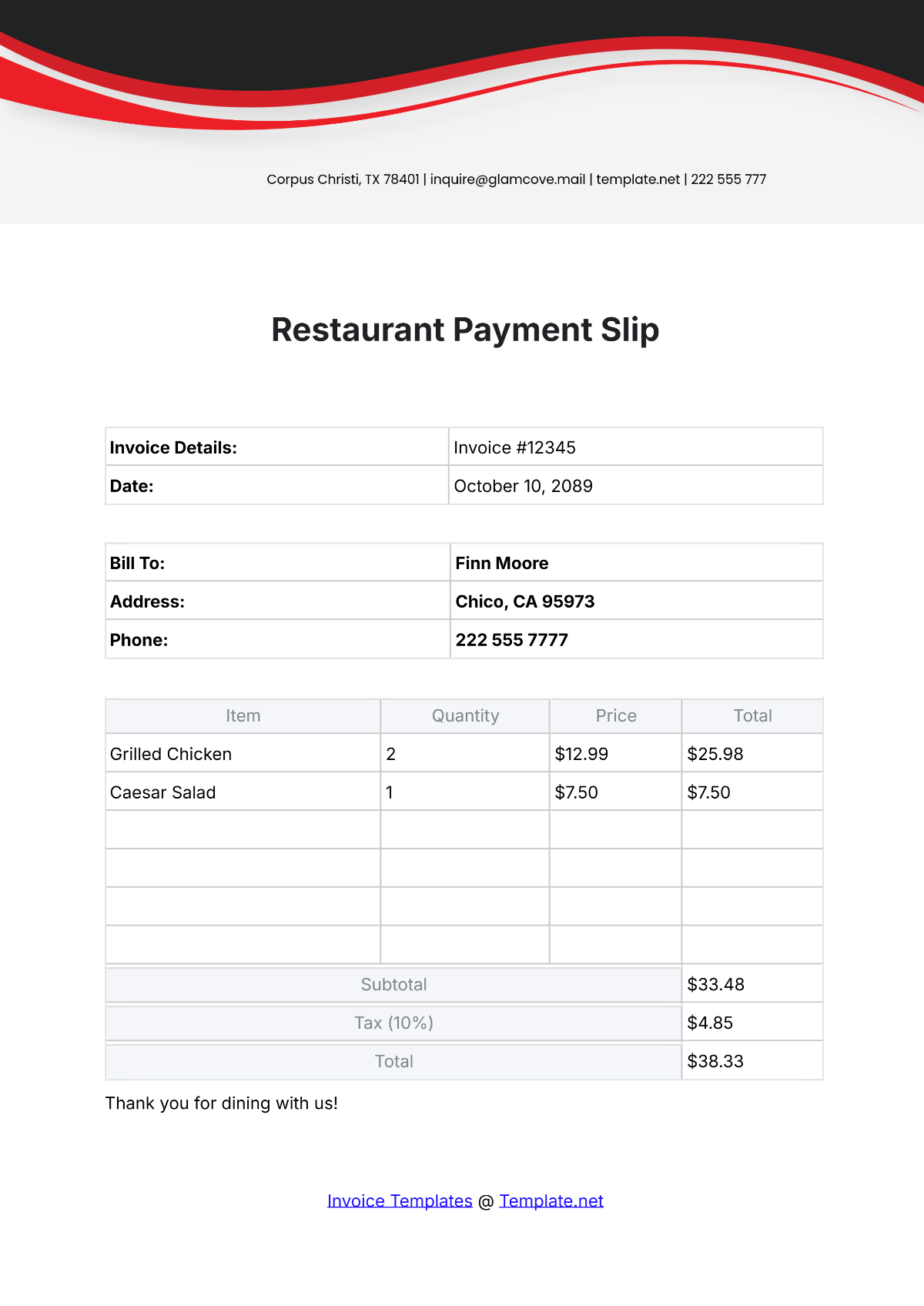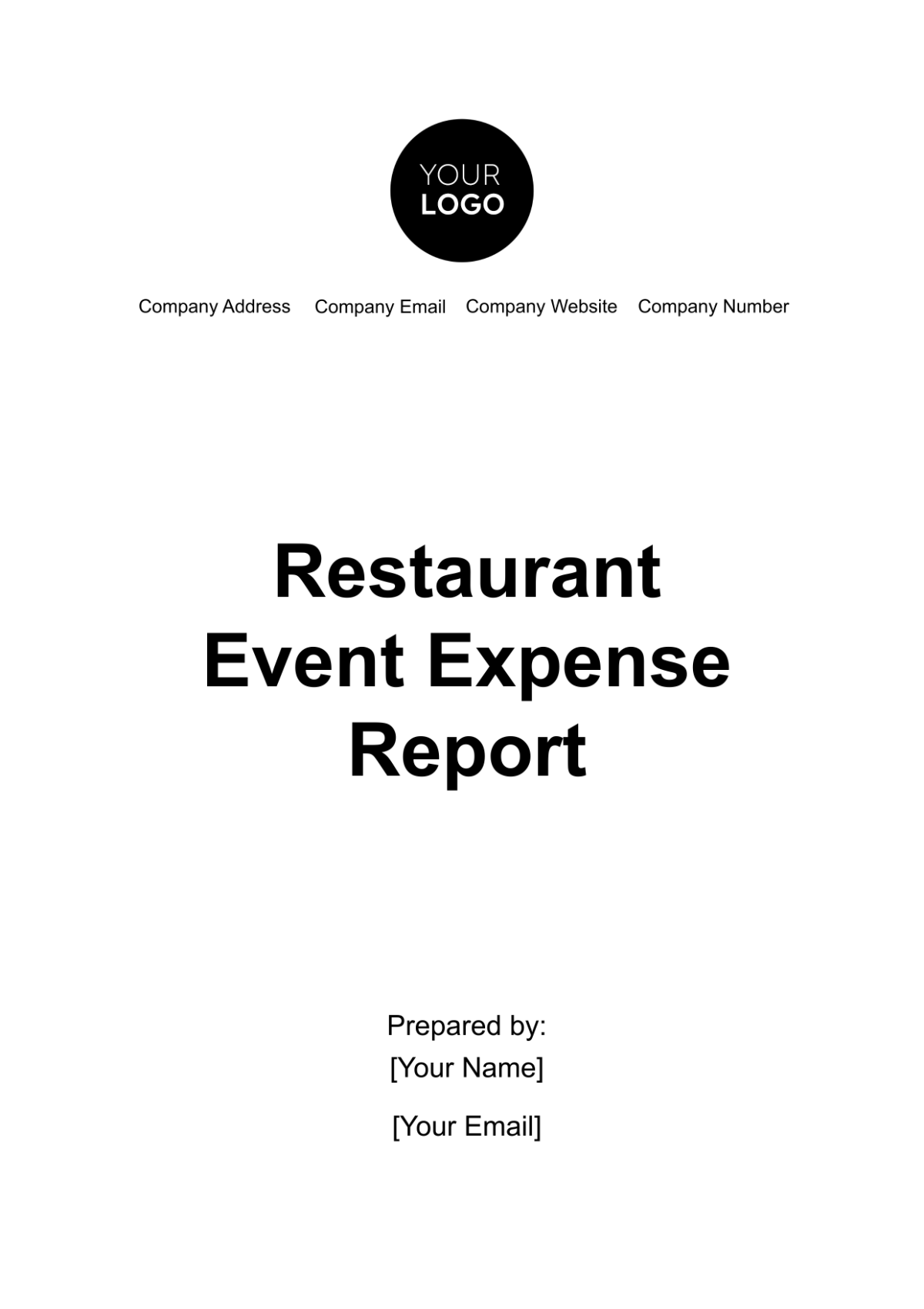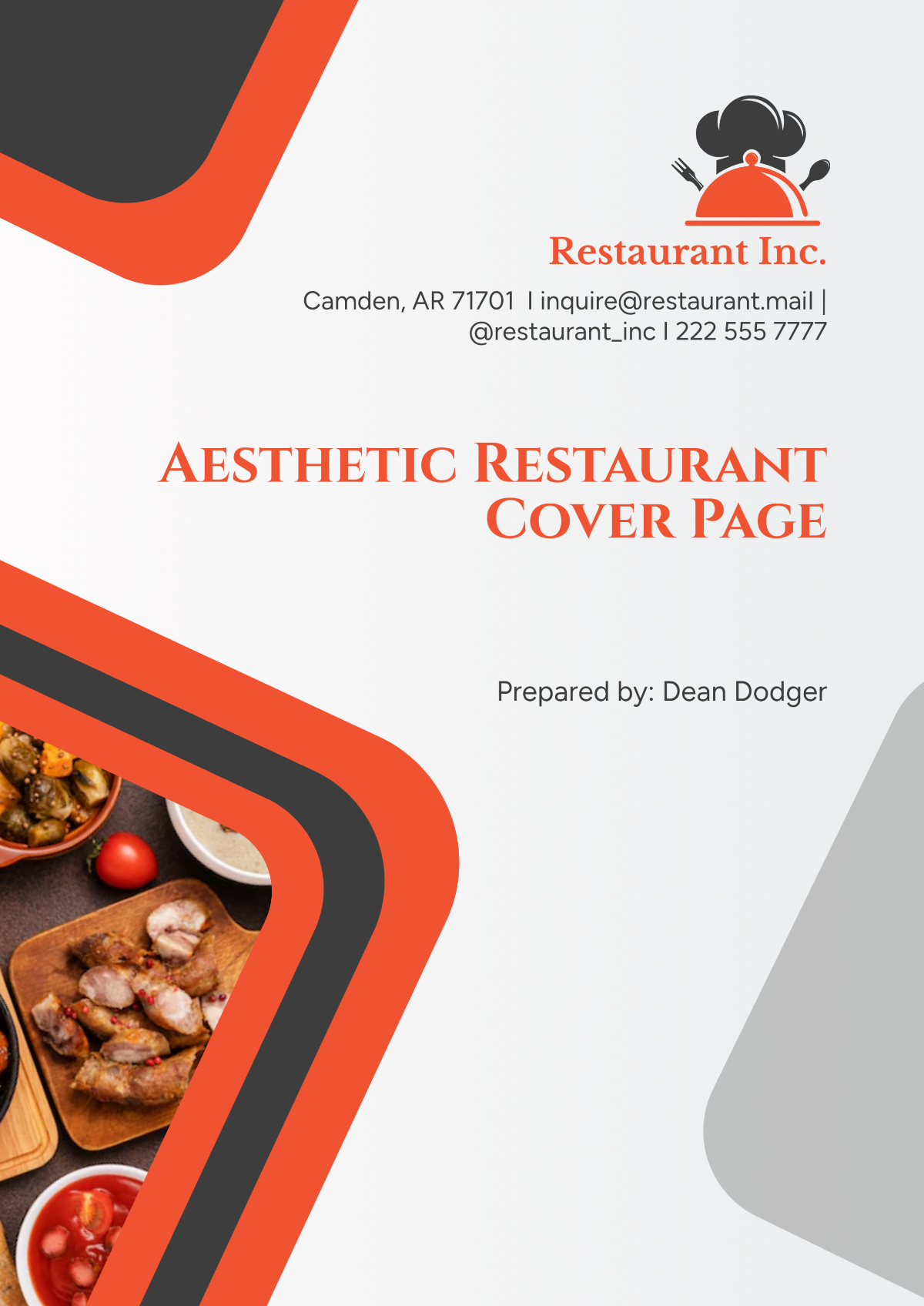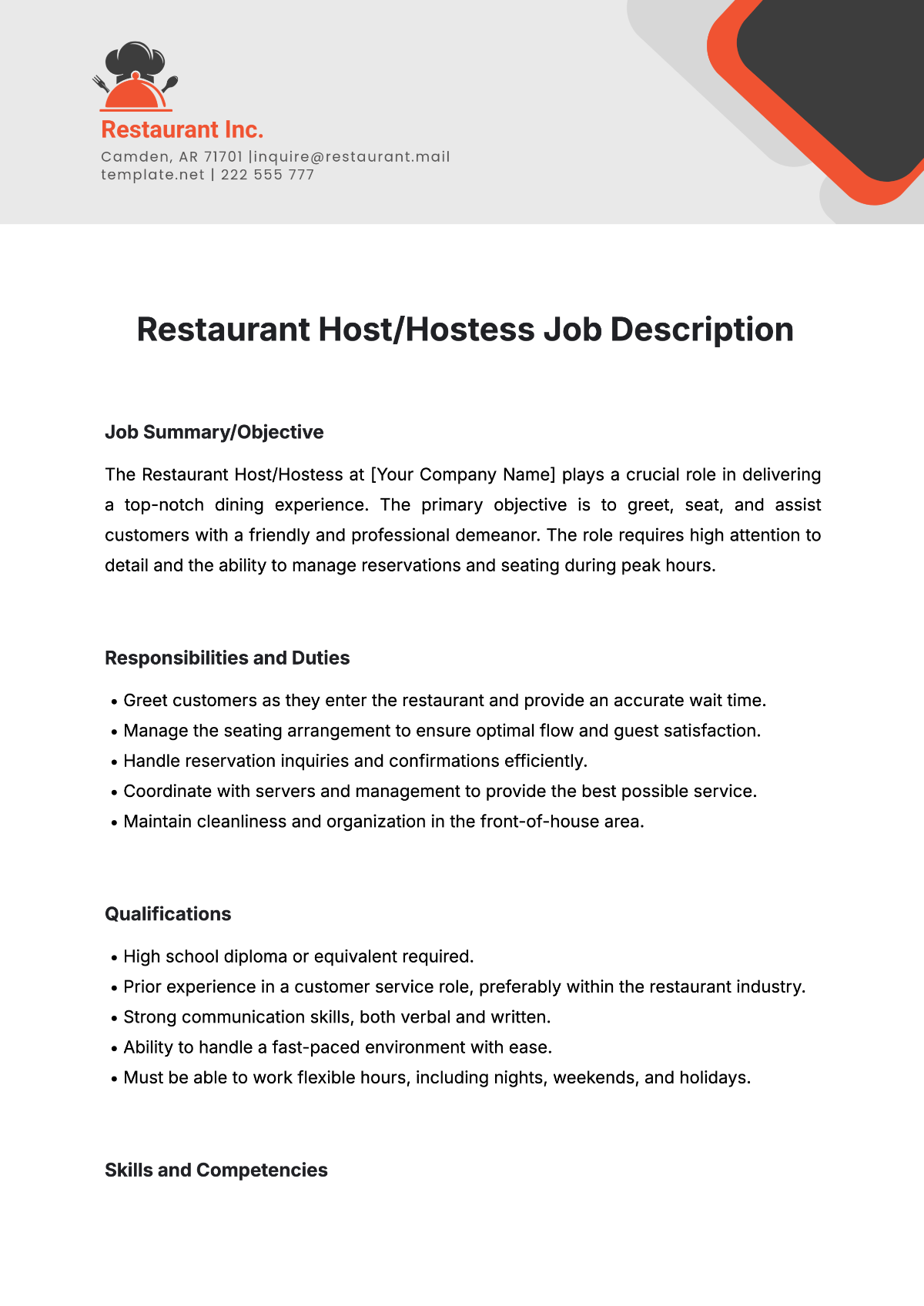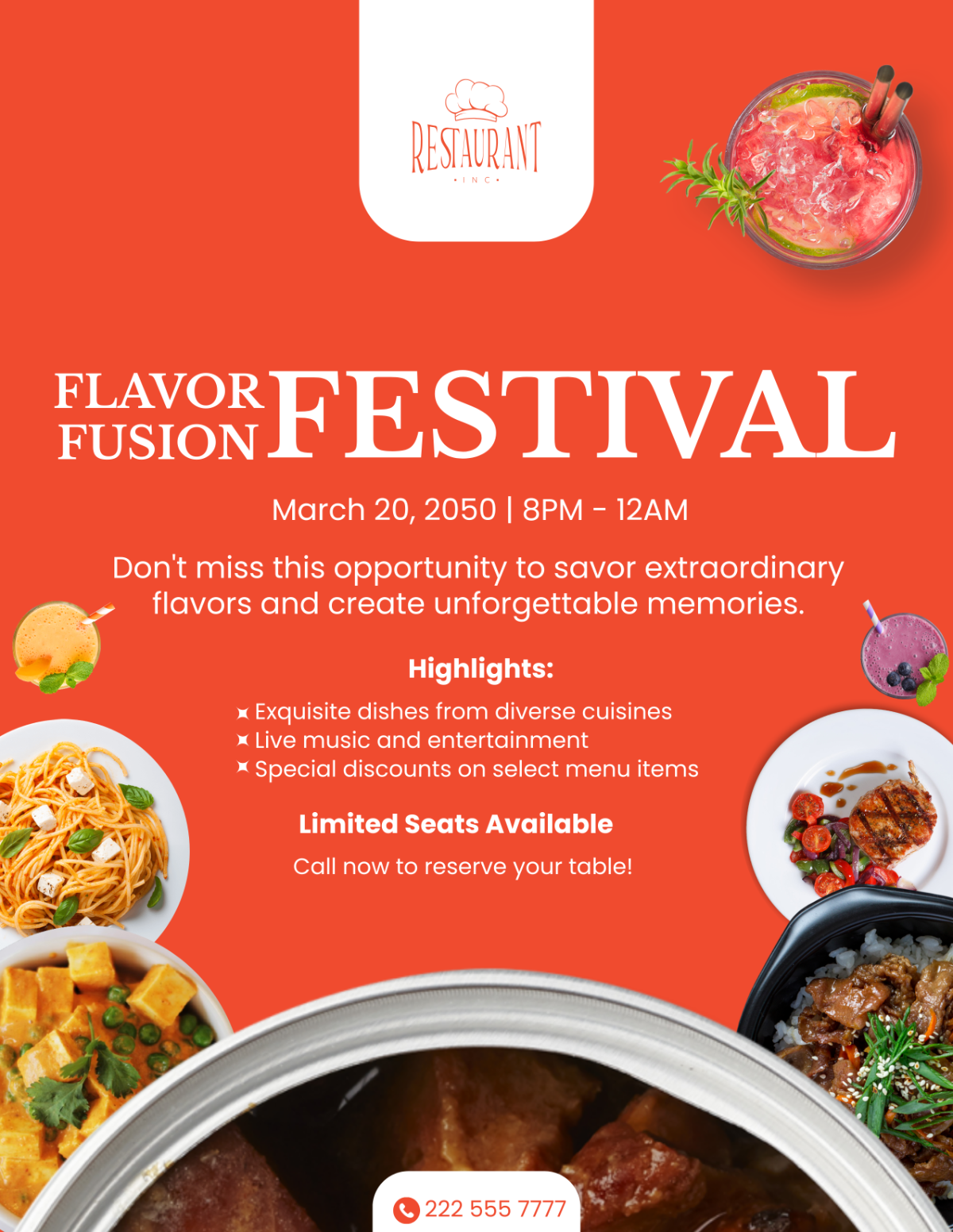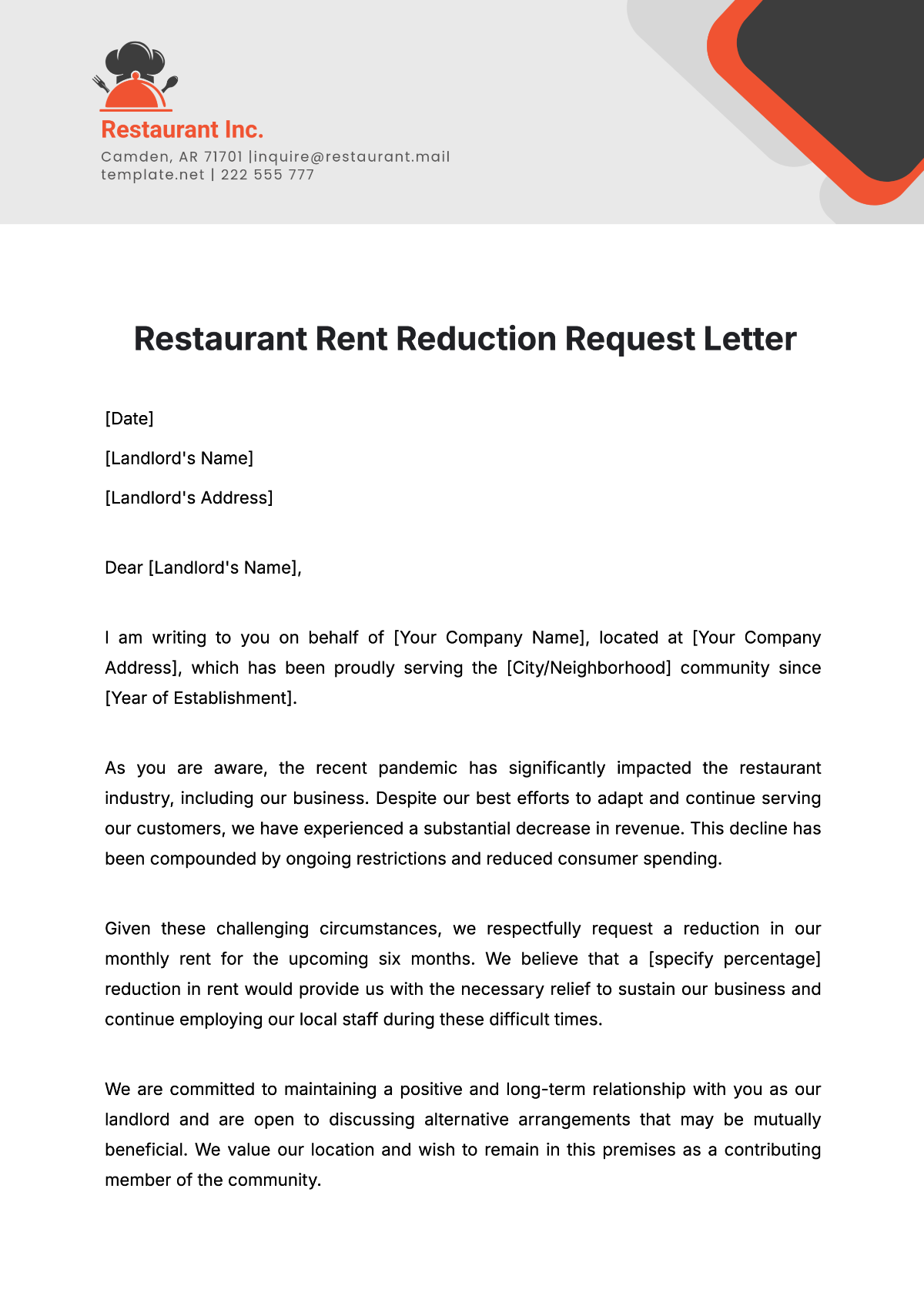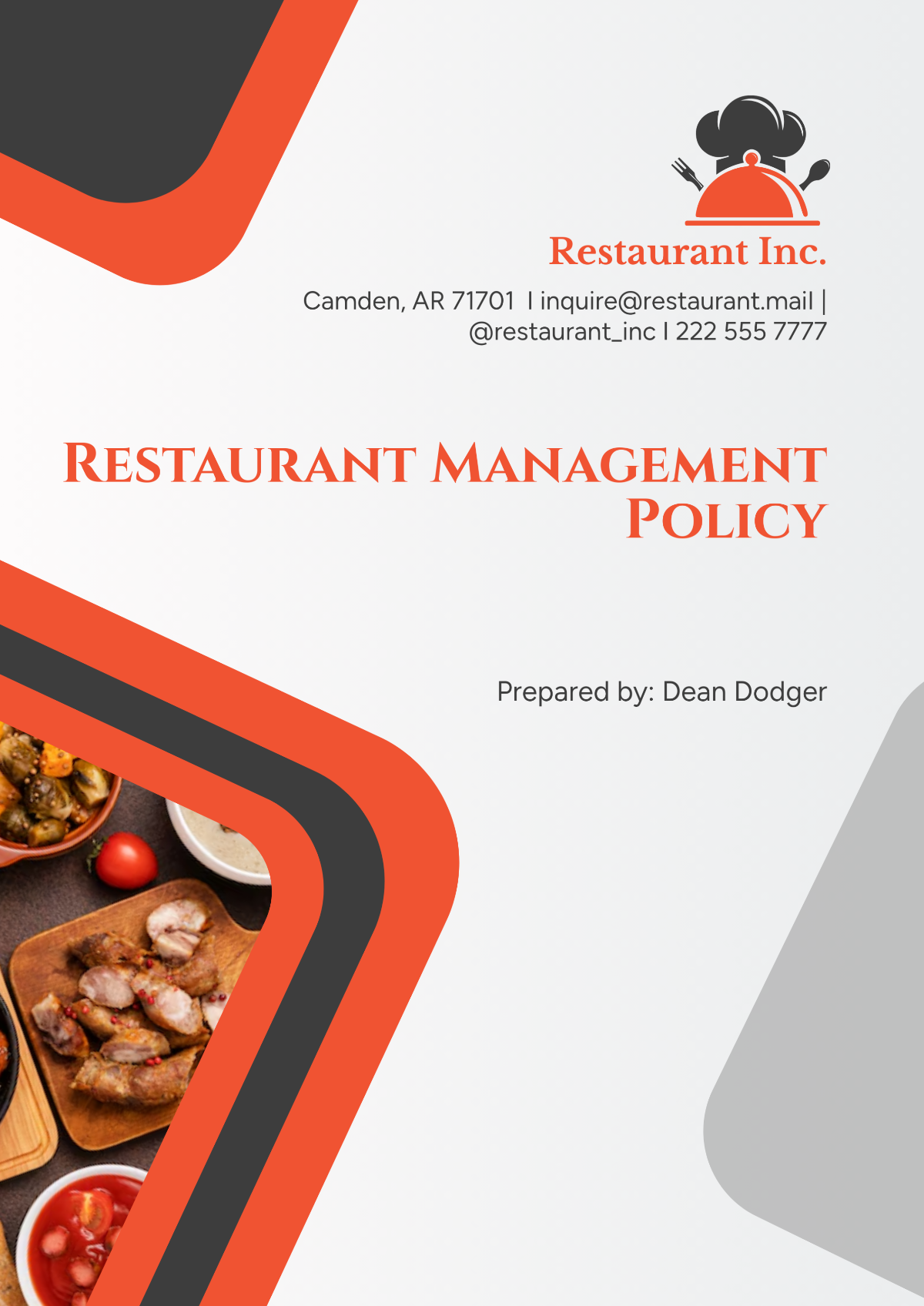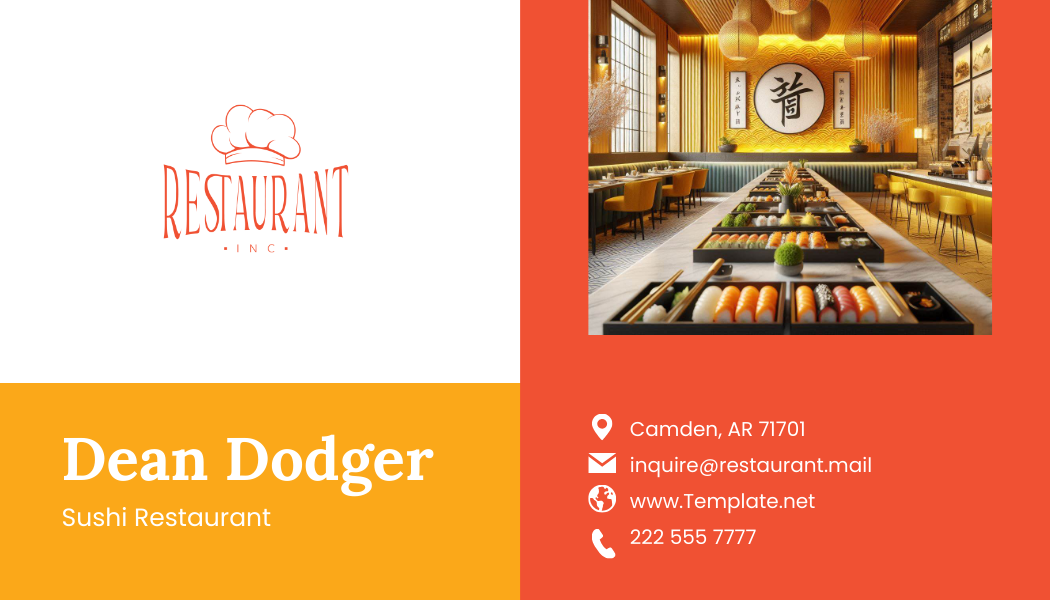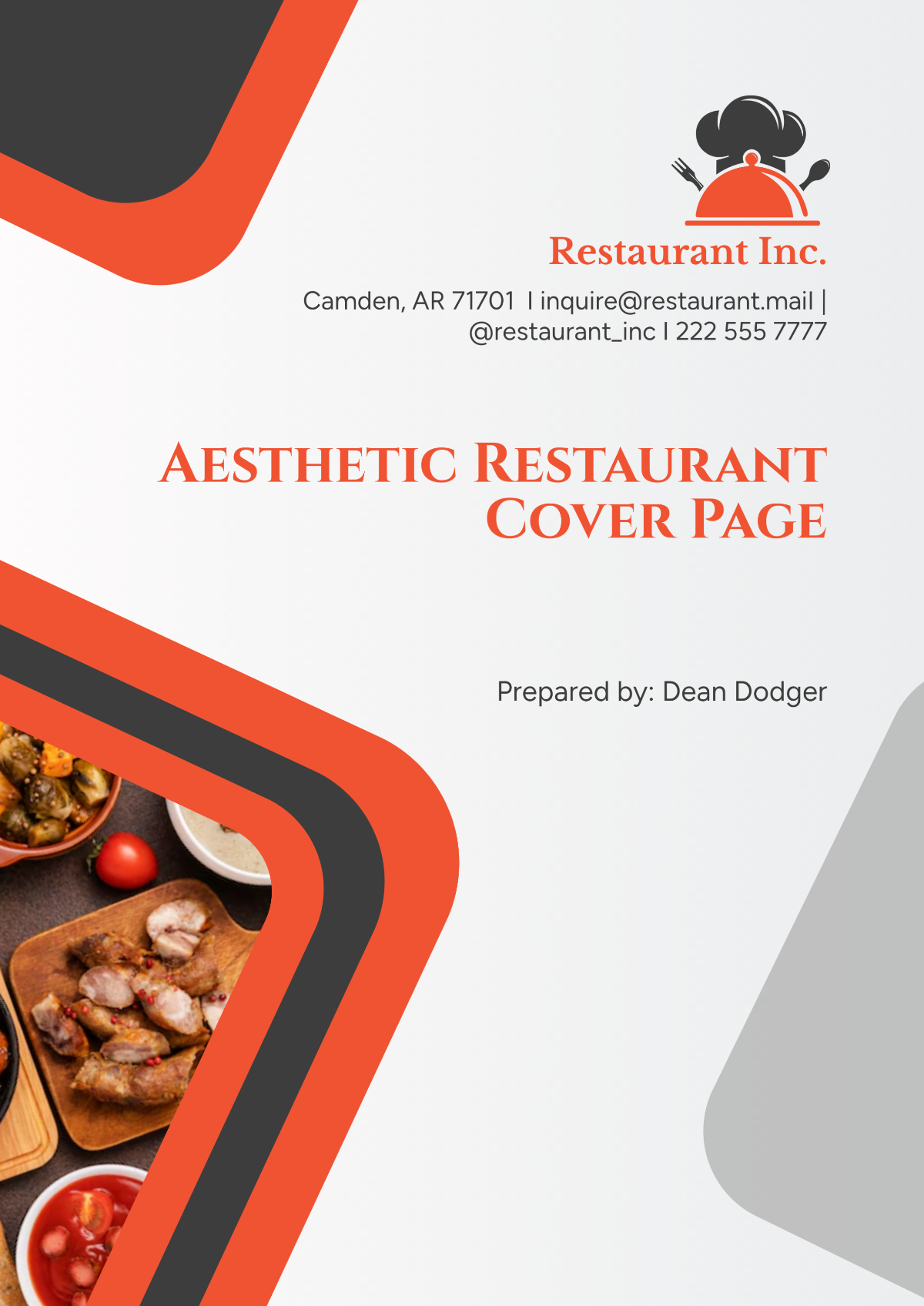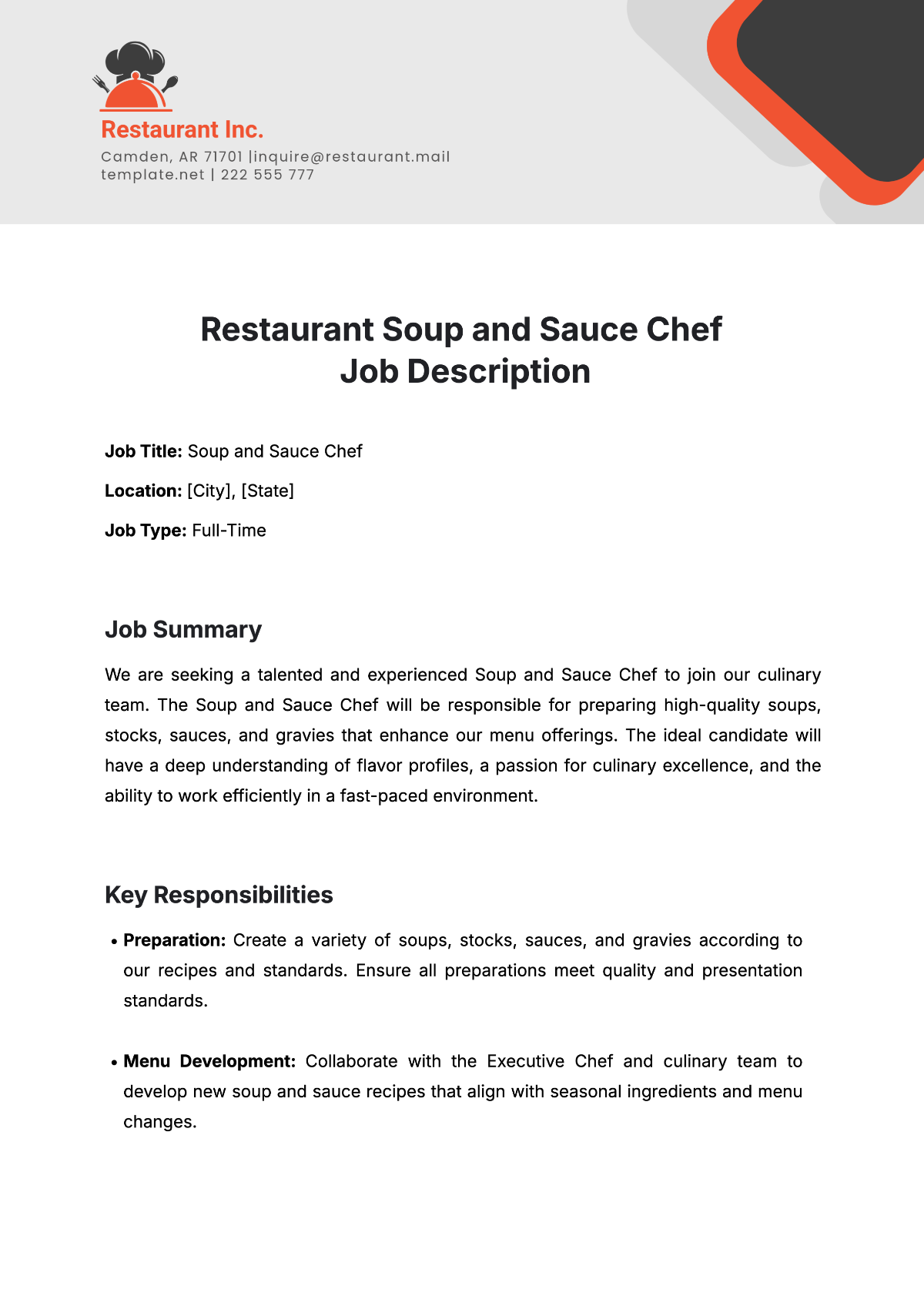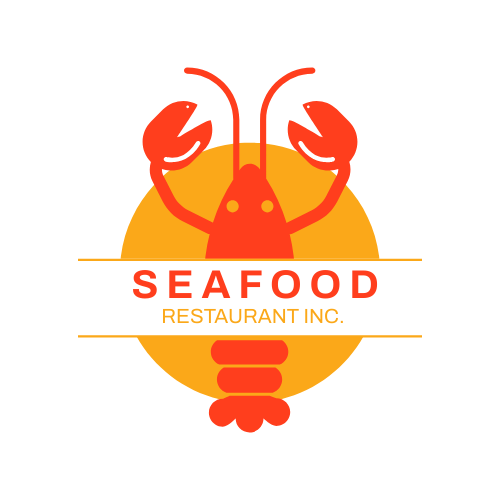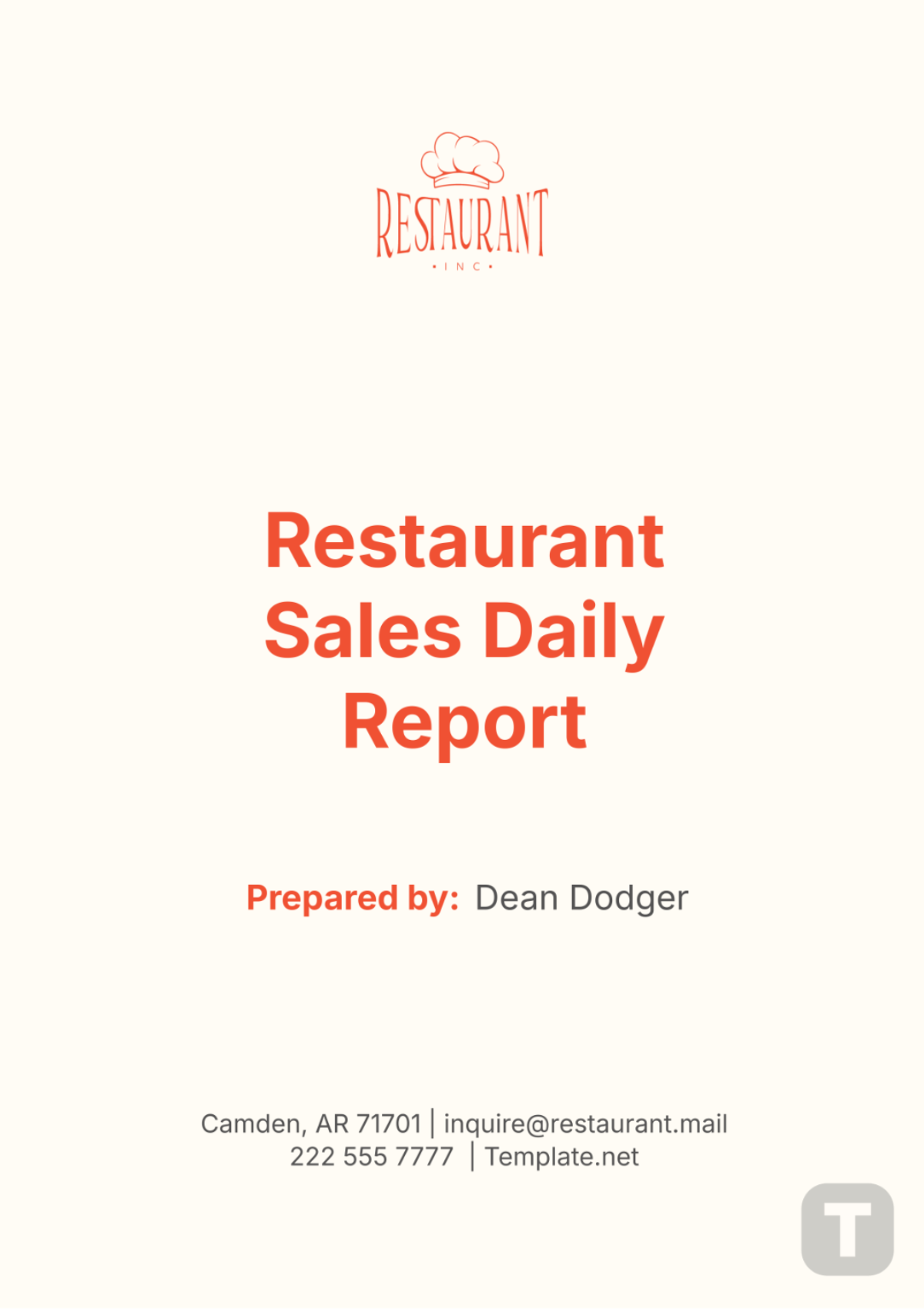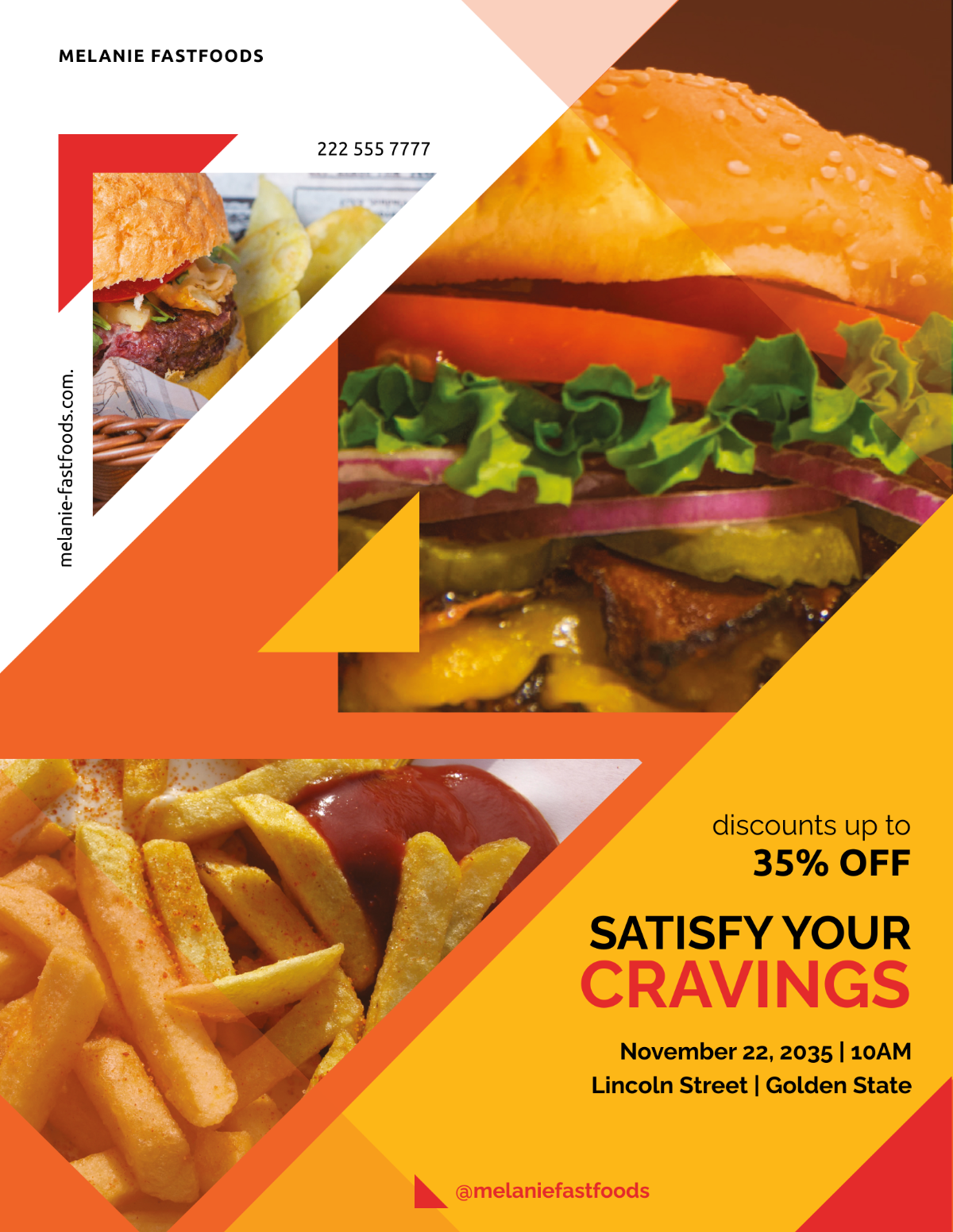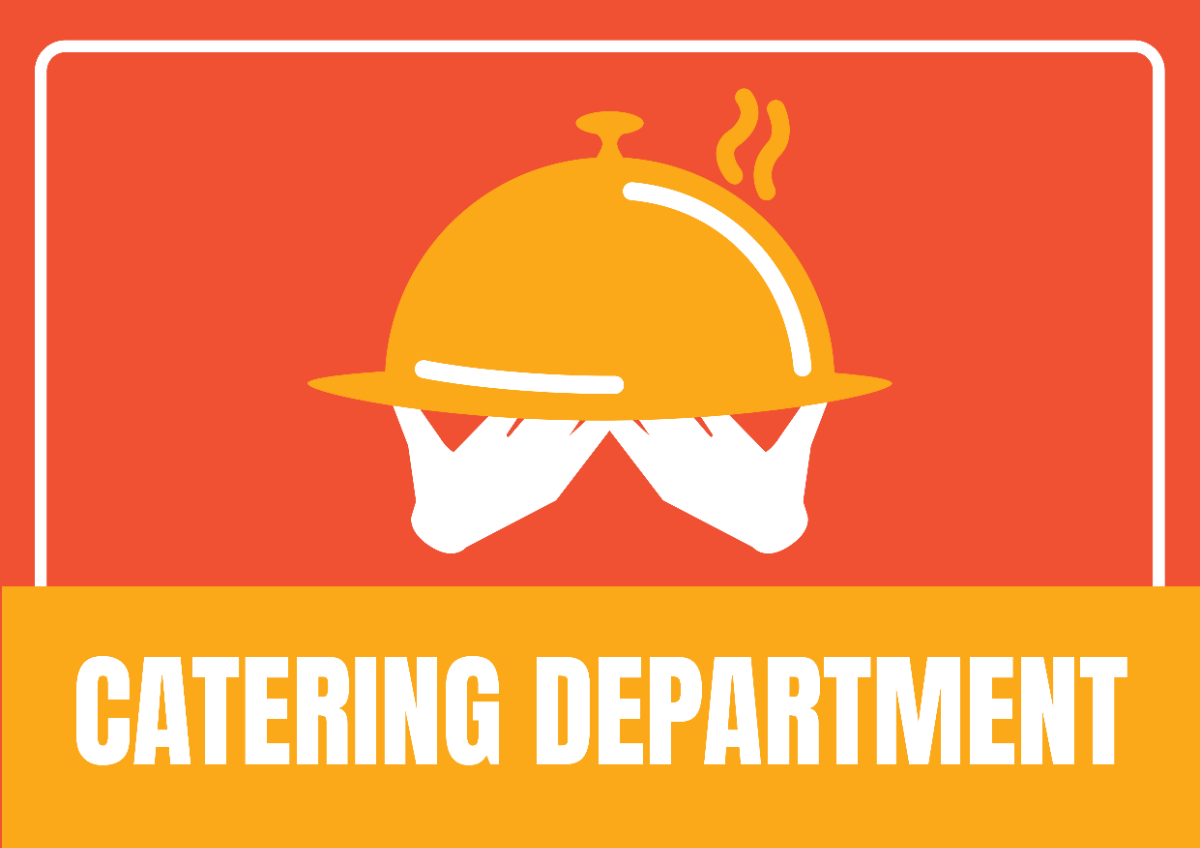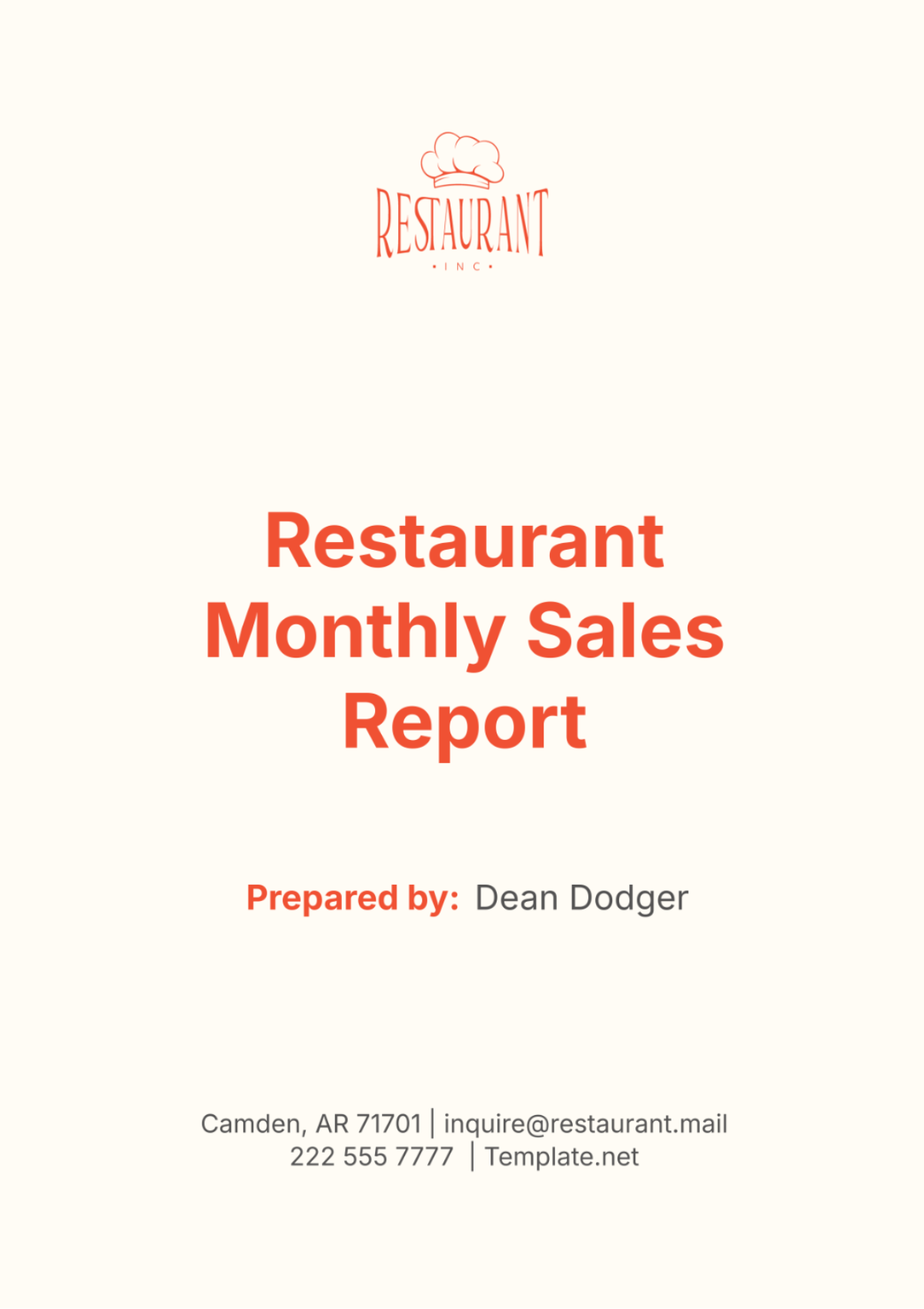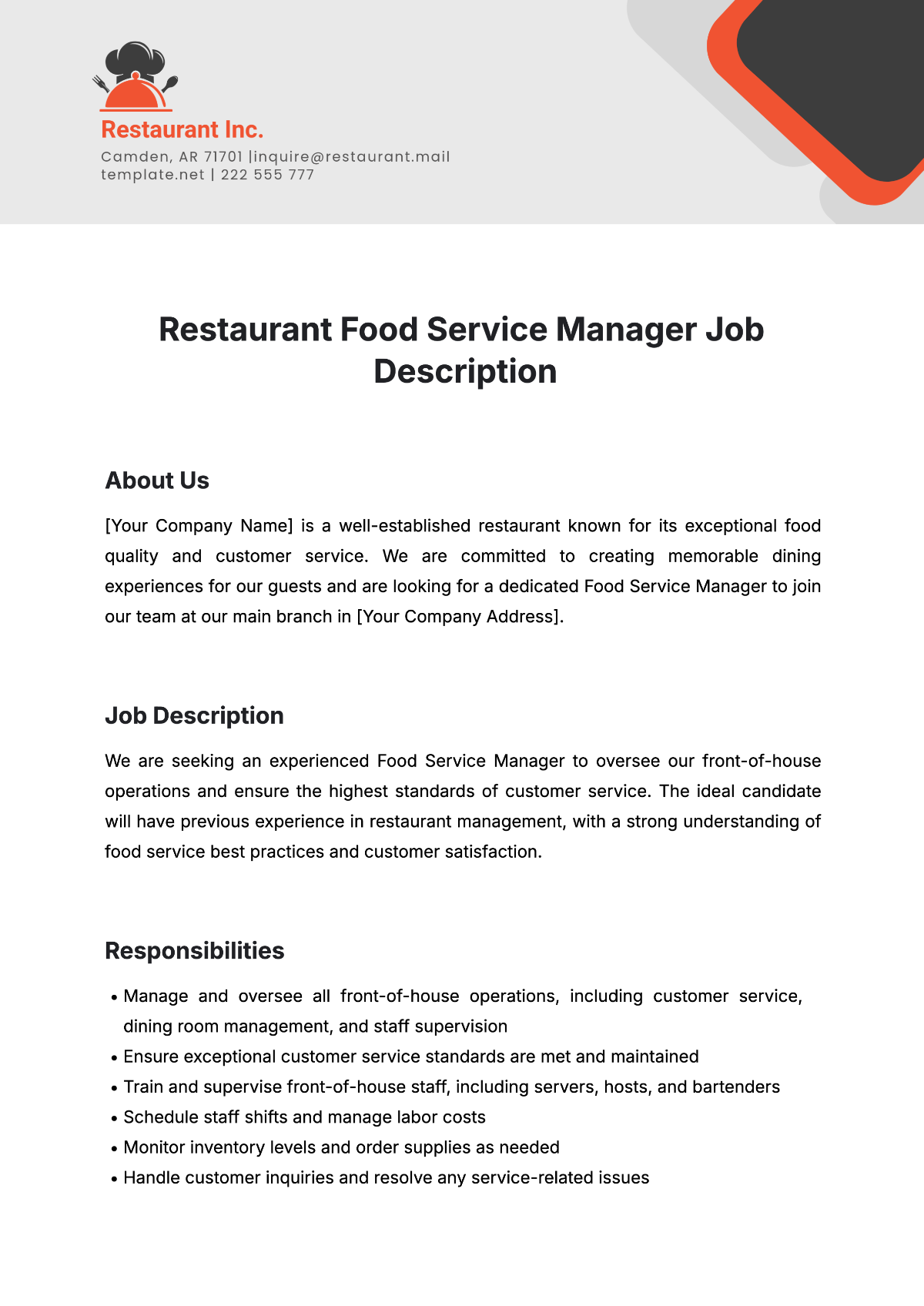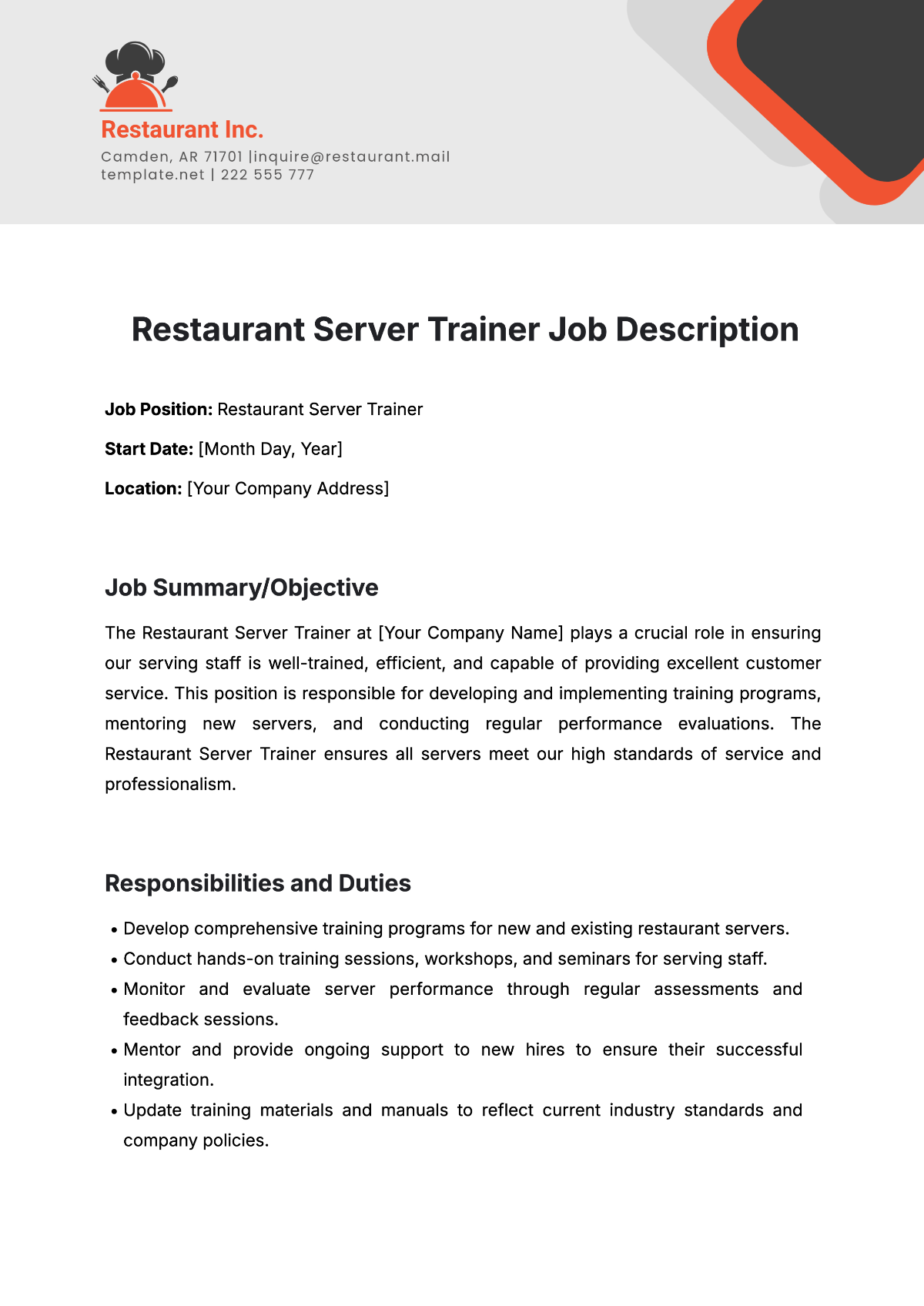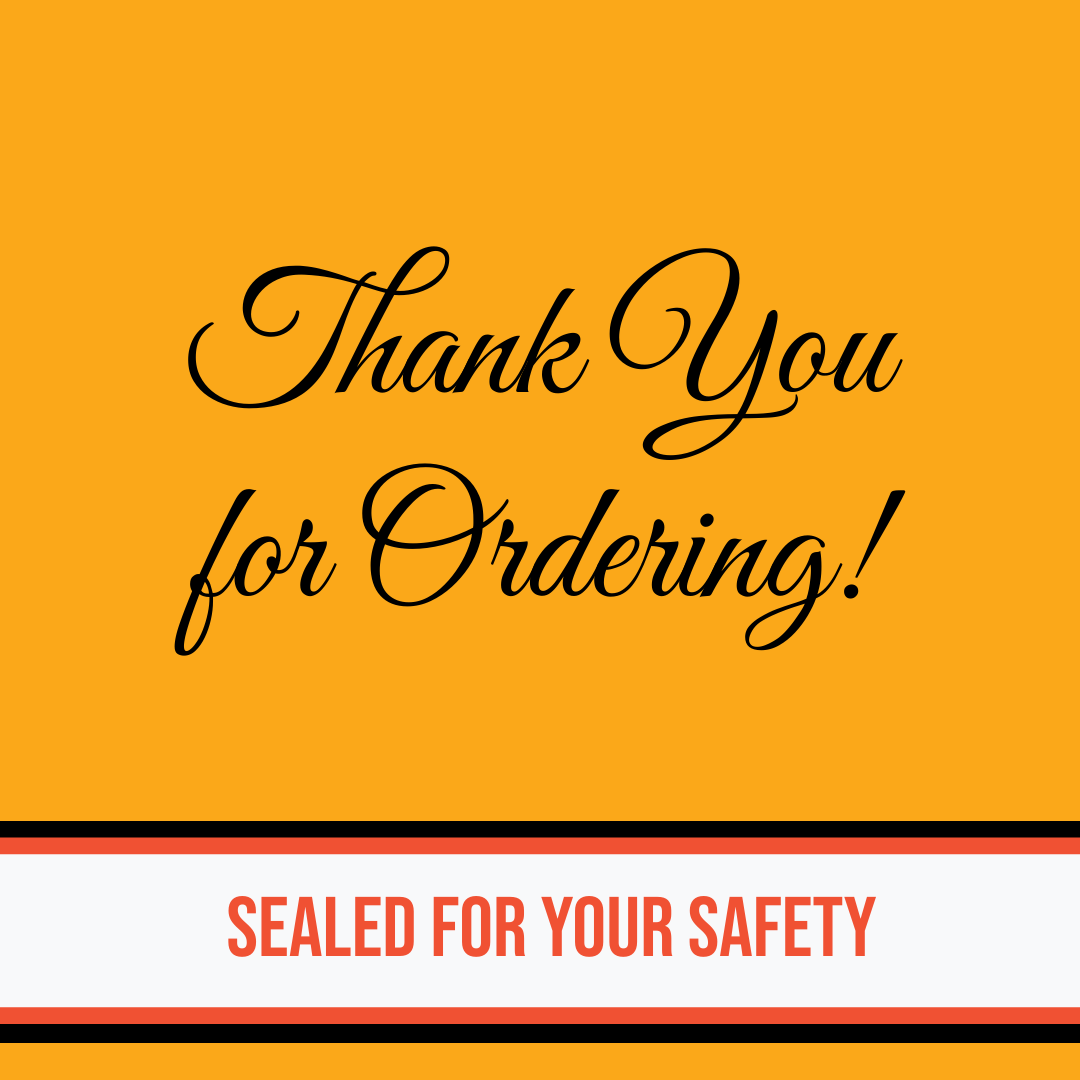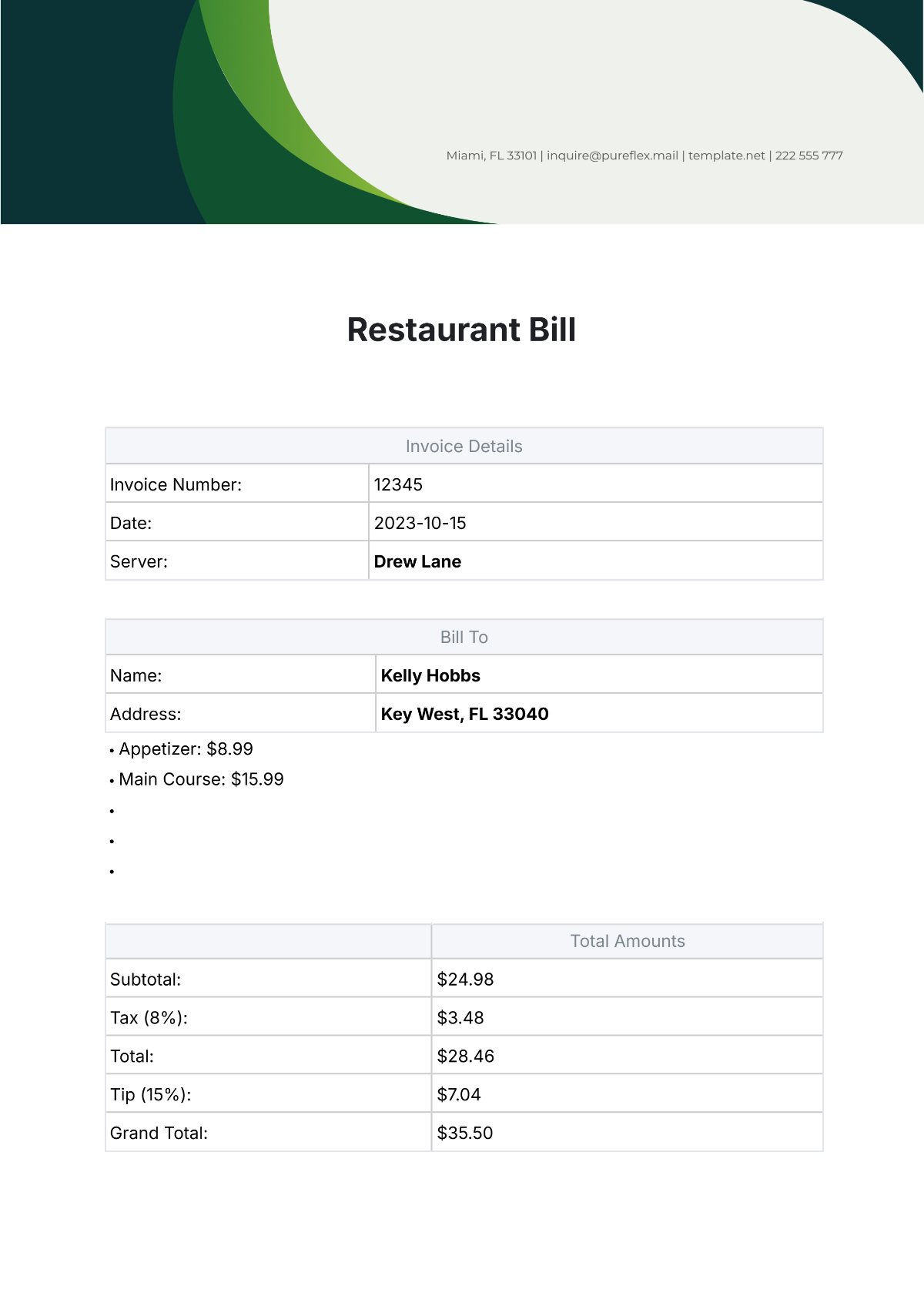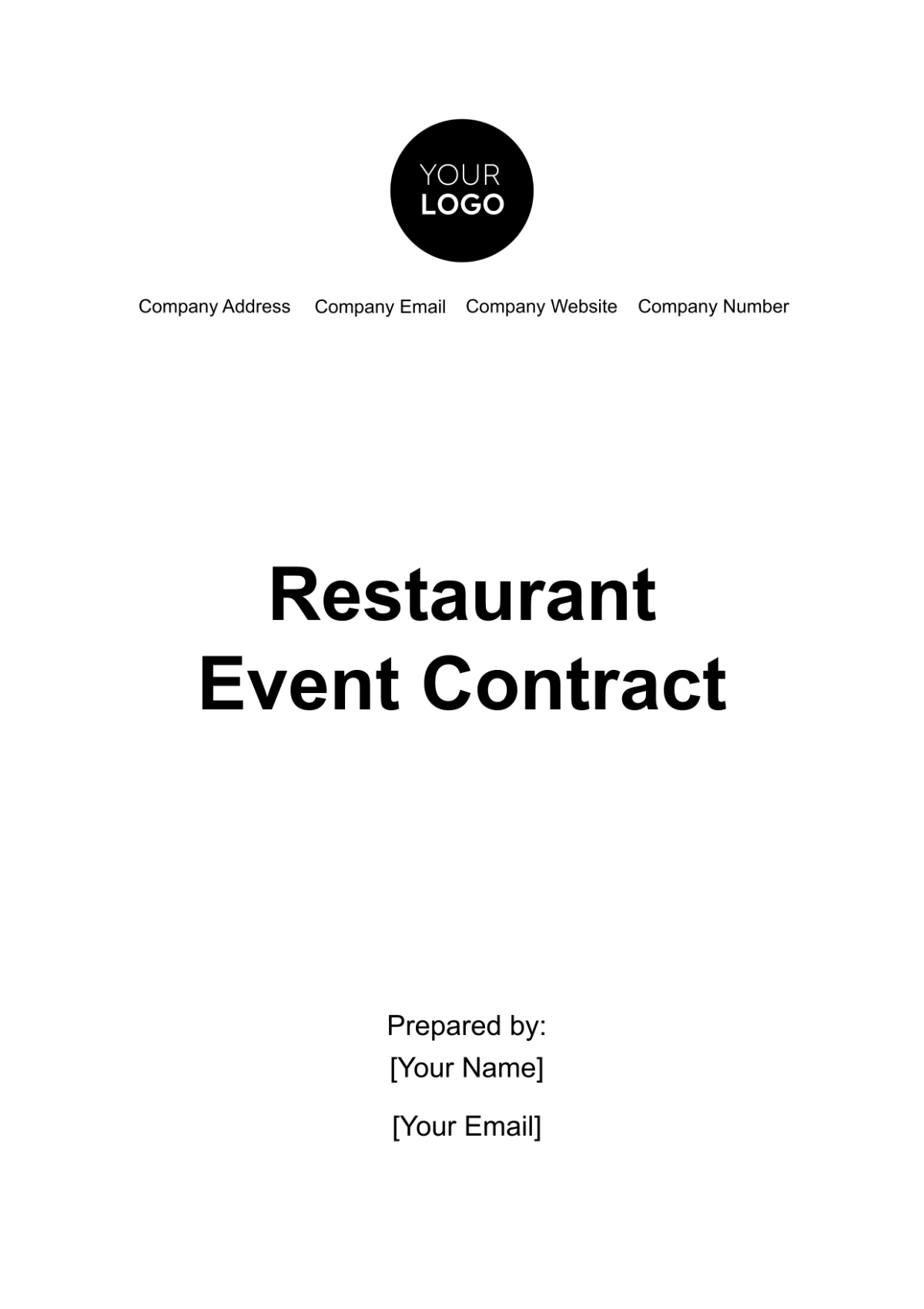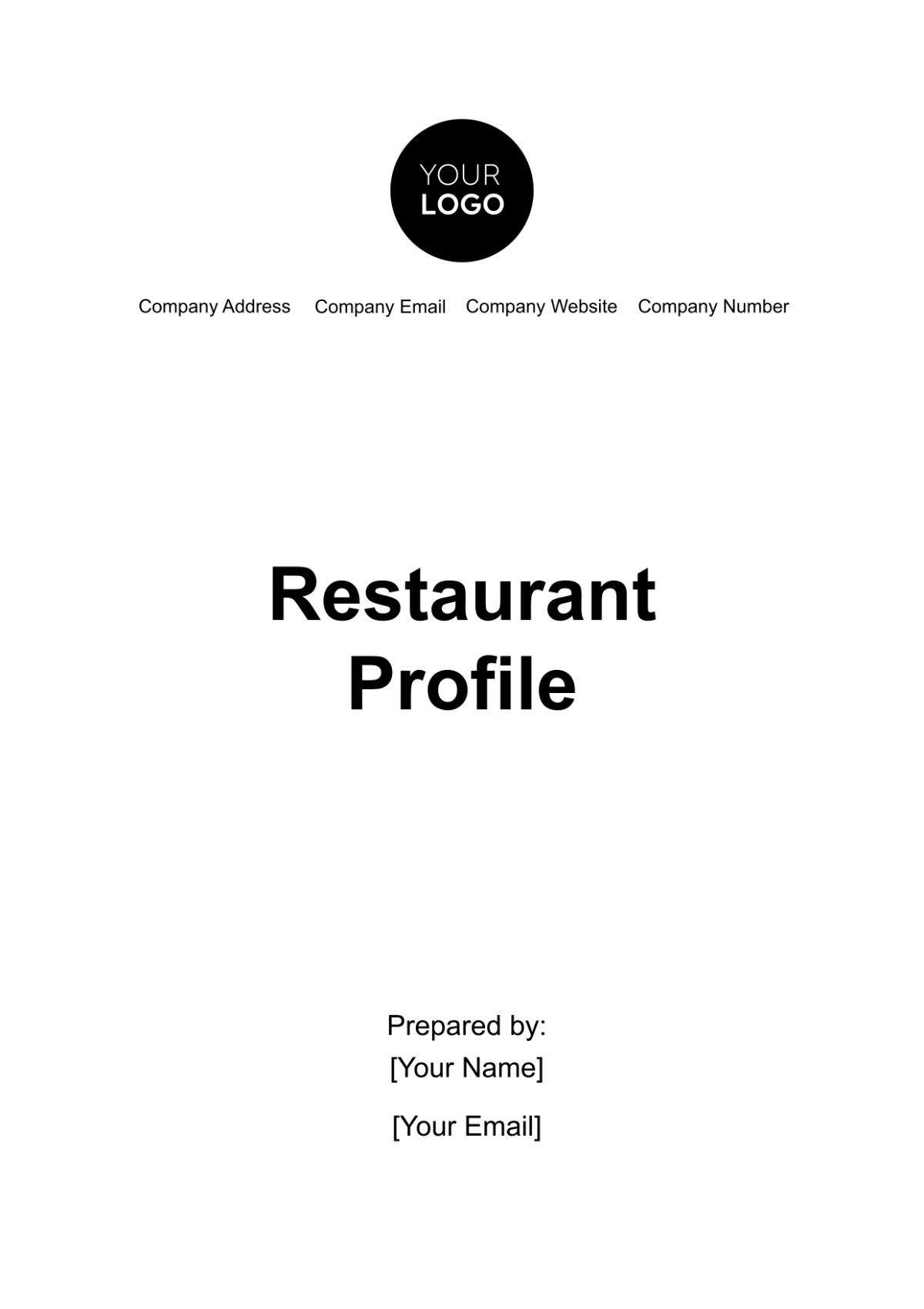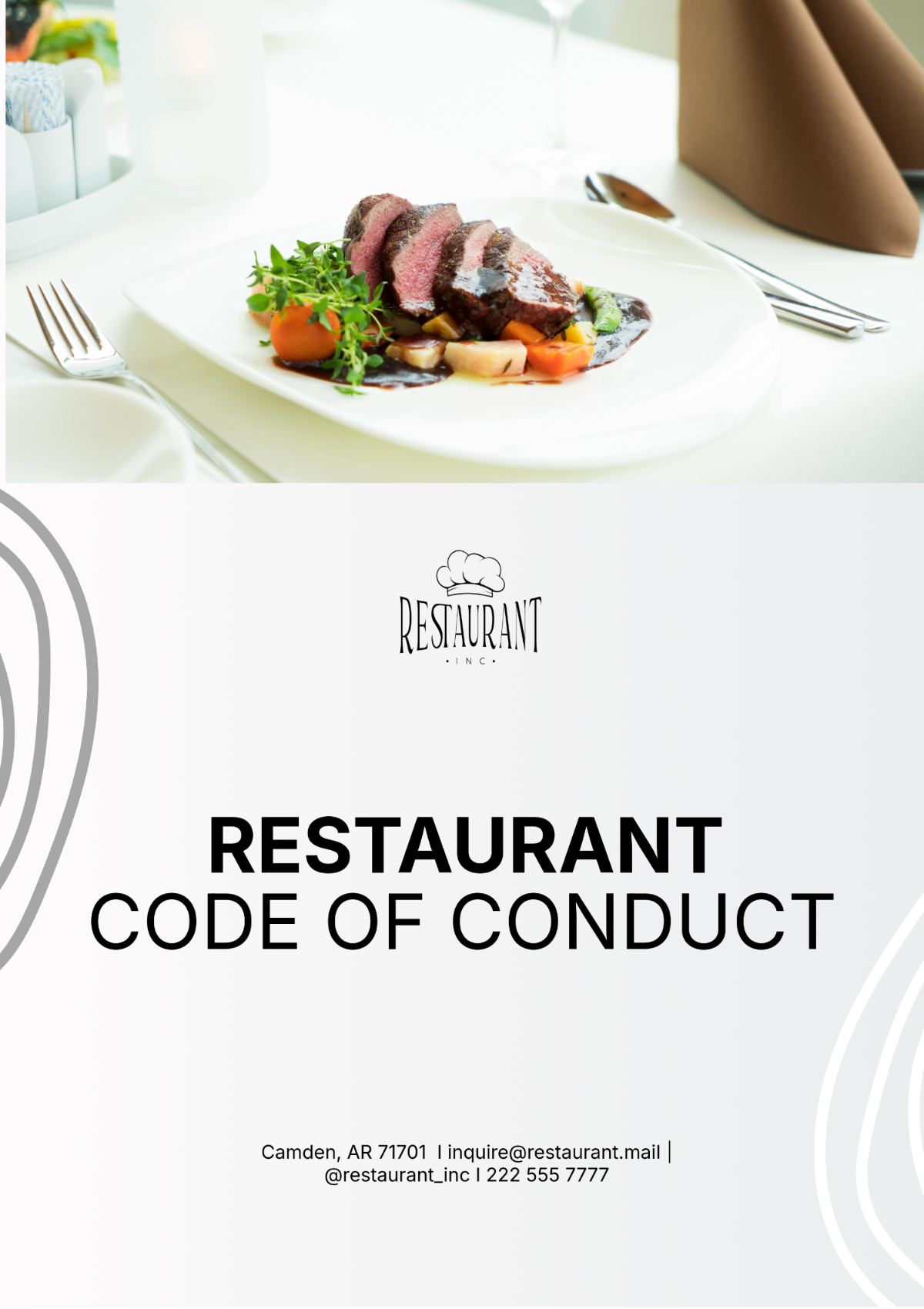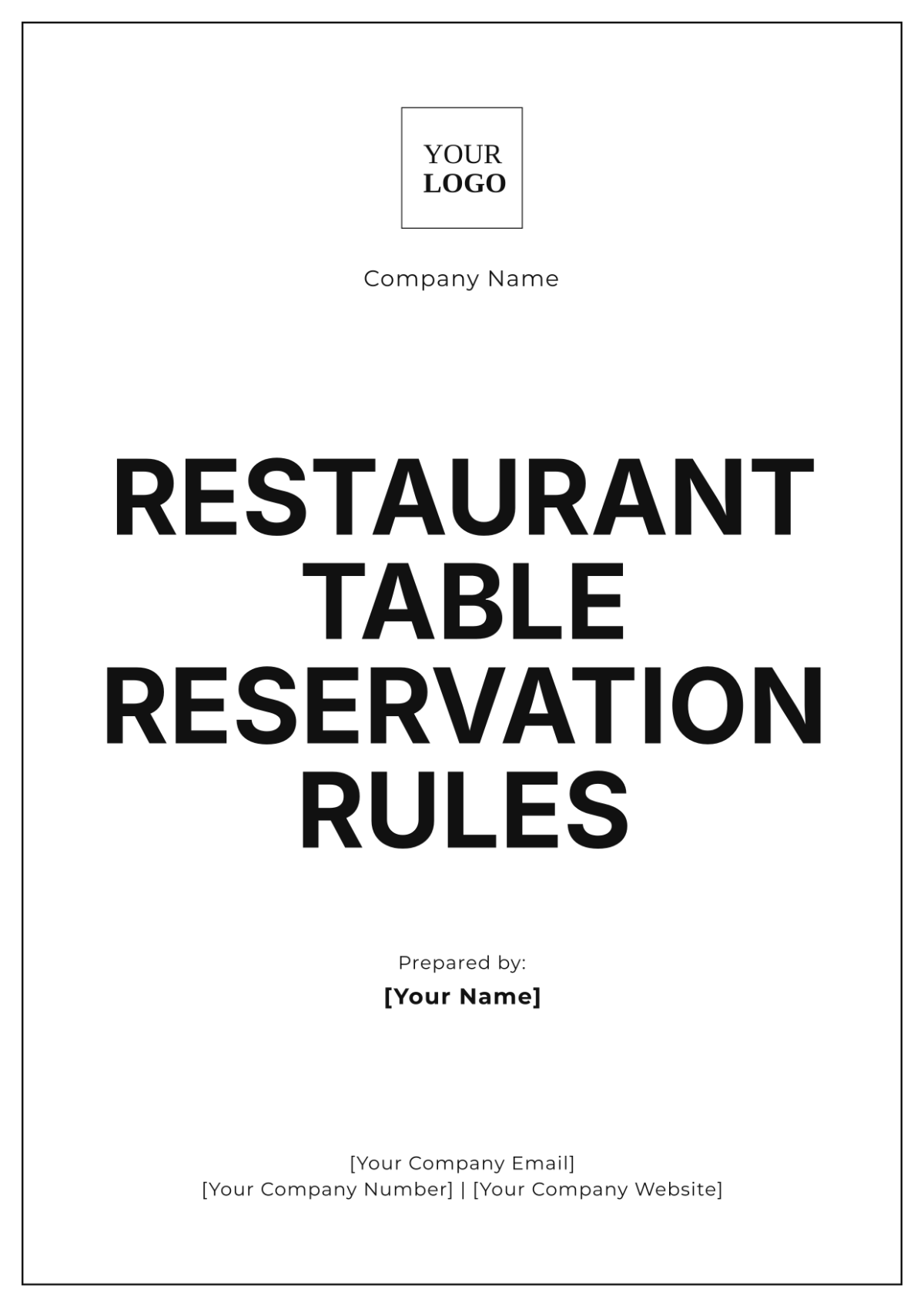Restaurant Operations Guide
I. Introduction
Our Restaurant Operations Guide serves as a comprehensive manual outlining the standard procedures and protocols for the day-to-day operations of our restaurant. The primary purpose of this guide is to ensure consistency, efficiency, and excellence in our service delivery. By adhering to the guidelines outlined in this document, we aim to provide a seamless and enjoyable dining experience for our guests while maintaining a safe and organized work environment for our staff.
II. General Operations
A. Opening Procedures
The opening procedures are essential for setting the stage for a successful day of service. Key tasks include:
Unlocking doors and turning on lights.
Checking equipment and ensuring it is in working order.
Preparing and setting up dining areas.
Checking reservation bookings and preparing for any special events.
Conducting pre-shift meetings to communicate daily specials, menu changes, and service expectations to staff.
B. Closing Procedures
Closing procedures are crucial for ensuring that our restaurant is left clean, organized, and secure at the end of the day. Key tasks include:
Completing final food and beverage orders.
Cleaning and sanitizing all surfaces, including tables, chairs, and countertops.
Shutting down equipment and appliances.
Reconciling cash registers and preparing bank deposits.
Locking doors and setting alarms.
C. Security Protocols
Security is a top priority for our restaurant to ensure the safety of our staff, guests, and assets. Our security protocols include:
Installing security cameras in strategic locations to monitor activity.
Implementing access control measures.
Training staff on how to respond to security incidents.
Conducting regular security assessments.
Collaborating with local law enforcement agencies to address security concerns and maintain a safe environment for everyone.
III. Front of House Operations
A. Host/Hostess
The host/hostess is responsible for greeting guests upon arrival, managing the seating chart, and coordinating with servers to ensure smooth seating. Duties include:
Greeting guests with a warm and welcoming demeanor.
Managing the waitlist and estimating wait times accurately.
Escorting guests to their tables and presenting menus.
Communicating with servers and kitchen staff to optimize table turnover.
B. Server
Servers play a crucial role in providing excellent service to our guests. Duties include:
Taking orders accurately and efficiently.
Answering questions about menu items, specials, and ingredients.
Serving food and beverages promptly and courteously.
Checking in with guests to ensure satisfaction and address any concerns.
Processing payments accurately and efficiently.
C. Bartender
Bartenders are responsible for preparing and serving alcoholic and non-alcoholic beverages to guests. Duties include:
Crafting cocktails according to standard recipes and guest preferences.
Ensuring the bar area is clean, organized, and stocked.
Providing recommendations and guidance to guests on beverage selections.
Monitoring guest alcohol consumption and adhering to responsible practices.
Processing beverage orders accurately and efficiently.
D. Cash Handling
Proper cash handling procedures are essential for maintaining accuracy and security. Procedures include:
Reconciling cash registers at the beginning and end of each shift.
Verifying cash and credit card payments against orders.
Issuing receipts for all transactions.
Safely securing cash in designated areas.
Following protocols for making bank deposits and handling cash shortages or overages.
E. Reservation Management
Efficient reservation management ensures optimal seating and guest satisfaction. Procedures include:
Recording reservations accurately in the reservation system.
Confirming reservations via phone or email.
Maintaining an organized seating chart.
Communicating reservation status and special requests to appropriate staff.
Managing walk-in guests and waitlist effectively.
F. Guest Seating Procedures
Guest seating procedures are designed to ensure efficient seating and optimal table turnover. Procedures include:
Escorting guests to their assigned tables promptly and courteously.
Presenting menus and informing guests of any specials or promotions.
Assisting guests with seating arrangements and accommodations for special requests.
Communicating with servers to coordinate table assignments.
G. Handling Customer Complaints
Addressing customer complaints promptly and effectively is essential for maintaining guest satisfaction. Procedures include:
Listening attentively to the customer's concerns.
Apologizing sincerely for any inconvenience or dissatisfaction.
Offering solutions to resolve the issue to the customer's satisfaction.
Following up with the customer to ensure their concerns have been addressed and they are satisfied with the resolution.
Documenting complaints and resolutions for future reference and continuous improvement.
IV. Back of House Operations
A. Kitchen Setup
The proper setup of the kitchen is essential for efficient food preparation and service. The following table provides a breakdown of the kitchen setup:
Area | Tasks |
|---|---|
Prep Station | Chop vegetables, prepare sauces, marinate meats |
Cooking Station | Cook hot food items such as proteins and sides |
Saute Station | Prepare sauteed dishes and pasta |
Grill Station | Grill meats, seafood, and vegetables |
Plating Station | Garnish and plate dishes for service |
Dishwashing Area | Clean and sanitize dishes, utensils, and equipment |
B. Food Preparation
Food preparation involves a series of tasks to ensure that ingredients are properly handled and dishes are prepared to standard. Procedures include:
Following recipes and portion sizes accurately.
Washing, peeling, and cutting fruits and vegetables.
Marinating, seasoning, and tenderizing meats.
Preparing sauces, dressings, and garnishes.
Labeling and dating prepared ingredients for storage.
C. Cooking and Plating
Cooking and plating procedures are crucial for delivering consistently high-quality dishes. Procedures include:
Preheating cooking equipment to the appropriate temperature.
Cooking food items to the correct doneness and following recipe instructions.
Garnishing dishes with sauces, herbs, and other toppings.
Plating dishes attractively and ensuring portion sizes are consistent.
Communicating with servers to coordinate timing for dish pickup.
D. Cleaning and Sanitation
Maintaining cleanliness and sanitation in the kitchen is essential for food safety and hygiene. Procedures include:
Cleaning and sanitizing surfaces, equipment, and utensils before/after use.
Washing hands frequently and wearing gloves when handling food.
Storing food items at the correct temperatures to prevent spoilage.
Following a regular cleaning schedule for floors, walls, and storage areas.
Disposing of waste and recyclables properly.
E. Dishwashing
Proper dishwashing procedures are essential for ensuring that dishes and utensils are clean and sanitized for reuse. Procedures include:
Pre-rinsing dishes to remove food debris.
Loading dishes into the dishwasher according to manufacturer guidelines.
Selecting the appropriate wash and rinse cycles.
Inspecting dishes for cleanliness and re-washing if necessary.
Air-drying or hand-drying dishes before storage.
F. Inventory Management
Effective inventory management ensures that ingredients and supplies are available when needed and reduces waste. Procedures include:
Conducting regular inventory counts to track stock levels.
Reordering supplies in a timely manner to prevent shortages.
Rotating stock to use older items first and minimize spoilage.
Storing items properly to maintain freshness and prevent contamination.
Recording inventory transactions accurately to track usage and identify trends.
V. Customer Service Standards
A. Greeting and Seating Guests
The greeting and seating of guests set the tone for their dining experience. Procedures include:
Greeting guests with a warm and friendly welcome upon arrival.
Escorting guests to their tables promptly and courteously.
Noting any special requests and accommodating them whenever possible.
Presenting menus and informing guests of any specials or promotions.
Thanking guests for choosing our restaurant and wishing them an enjoyable meal.
B. Taking and Serving Orders
Taking and serving orders accurately and efficiently is essential for guest satisfaction. Procedures include:
Approaching the table promptly after seating to take drink orders.
Listening attentively to guests' menu selections and special requests.
Entering orders into POS system and confirming details with guests.
Serving food and beverages promptly and in the correct order.
Checking back with guests after delivery to ensure satisfaction and address any concerns.
C. Handling Special Requests
Handling special requests requires attentiveness and flexibility to accommodate guests' needs. Procedures include:
Listening carefully to guests' requests.
Communicating special requests to the kitchen or bar staff clearly.
Confirming with guests that their requests have been fulfilled.
Following up with guests during the meal to ensure their needs are being met.
D. Upselling Techniques
Effective upselling techniques can enhance the guest experience and increase revenue. Our staff is trained to suggest complementary items, upgrades, or add-ons that enhance the dining experience without being pushy or aggressive.
VI. Health and Safety
A. Food Safety
Food safety is paramount to prevent foodborne illnesses and ensure the well-being of our guests. Procedures include:
Proper storage of perishable and non-perishable food items.
Regular cleaning and sanitizing of food preparation surfaces and equipment.
Thorough cooking of raw meats and seafood to recommended temperatures.
Date marking and rotation of perishable items to prevent spoilage.
Monitoring and recording refrigerator and freezer temperatures regularly.
B. Personal Hygiene
Maintaining high standards of personal hygiene is essential for preventing the spread of germs and contaminants. Our staff is expected to adhere to the following standards:
Washing hands thoroughly with soap and warm water for at least 20 seconds before and after handling food, after using the restroom, and after touching their face or hair.
Wearing clean and appropriate uniforms and aprons.
Keeping hair tied back and away from food.
Avoiding touching the face, hair, or other body parts while working.
C. Allergen Handling
Proper handling of allergens is essential to prevent cross-contamination and protect guests with food allergies. Procedures include:
Identifying and labeling allergenic ingredients on menu items.
Using separate utensils, cutting boards, and equipment for preparing and serving allergen-free dishes.
Training staff on how to recognize allergen-containing ingredients.
Communicating allergy information to kitchen and serving staff and ensuring proper handling and serving procedures are followed.
D. Equipment Safety
Proper equipment safety practices help prevent accidents and injuries in the kitchen. Procedures include:
Following manufacturer instructions for operating equipment safely.
Regularly inspecting equipment for signs of damage or wear and tear.
Using appropriate safety gear, such as oven mitts, gloves, and goggles.
Turning off and unplugging equipment performing maintenance.
Training staff on proper equipment usage and safety protocols.
F. First Aid
Being prepared to handle medical emergencies is essential for ensuring the safety and well-being of our staff and guests. Procedures include:
Designating trained first aid responders and ensuring they have access
Providing staff with training on basic first aid techniques.
Posting emergency contact information.
Documenting all incidents requiring first aid treatment and conducting regular reviews of procedures and protocols.
VII. Quality Control
Maintaining high-quality standards in our products and services is fundamental to our success. Quality control procedures ensure consistency, satisfaction, and safety for our guests. Procedures include:
Regular taste testing sessions to ensure menu items meet our standards.
Ongoing training for kitchen staff to uphold cooking techniques and presentation standards.
Monitoring guest feedback and addressing any issues promptly.
Regular inspections of ingredients and supplies to ensure quality.
Performance evaluations for staff members to identify areas for improvement and recognition of excellence.
VIII. Technology Integration
Technology plays a crucial role in enhancing efficiency, accuracy, and guest experience in our operations. Guidelines for technology integration include:
Utilizing a robust point-of-sale (POS) system for order processing, payment, and inventory management.
Implementing reservation management software.
Utilizing kitchen display systems (KDS).
Providing staff with training and support.
Regularly updating and maintaining hardware and software systems to ensure optimal performance and security.
IX. Training and Development
Investing in the training and development of our staff is essential for maintaining high standards and fostering professional growth. Our training programs are designed to provide employees with the knowledge, skills, and confidence to excel in their roles. The following table outlines our training programs, including program details, duration, and frequency:
Program | Duration | Frequency |
|---|---|---|
New Employee Orientation | 1 day | Upon hire |
Job-specific Training | As needed | Ongoing |
Food Safety Certification | 1 day | Annually |
Customer Service Excellence | 1 day | Quarterly |
Menu Training | As needed | When menu updates |
X. Communication Protocols
Effective communication is essential for seamless operations and exceptional guest experiences. Our communication protocols include:
Regular staff meetings to discuss updates, concerns, and feedback.
Shift handover reports to ensure continuity of information.
Use of communication tools for sharing important announcements.
Open-door policy for staff to voice concerns or suggestions to management.
Clear escalation procedures for addressing urgent issues or emergencies.
Standardized communication scripts or templates for handling common guest inquiries or requests.

